Manual
© edufix GmbH
dob plus Visual Perception Training
Early intervention and special education
Promotion of basic visual and visuomotor skills
Extended version for learners
Contents
1. General
Photosensitive Warning
A very small percentage of individuals may experience epileptic seizures when exposed to certain light patterns or flashing lights. Exposure to certain patterns or backgrounds on a computer screen may induce an epileptic seizure in these individuals. Certain conditions may induce previously undetected epileptic symptoms even in persons who have no history of prior seizures or epilepsy.
i.1. Concept and Structure
The integrated tools of
- Arrange exercises in a lesson
- Save and organize frequently used exercises to favorites
- Develop your own, individually adapted exercises with the integrated editor
- Exchange exercises with other professionals, using the export/import function
In general, those learning with
2. Using dob plus
2.1. Requirements
2.1.1. General
Through the use of different entry options (touchscreen, switching device, mouse or keypad) the programm takes into account the special conditions of multiply retarded people. In most of
and ENTER
. Those two commands can also be defined on a switching device, allowing a most individual approach within each exercise. In general, those learning with
Keyboard shortcuts and touchscreen gestures
In general, those learning with
2.1.2. dob plus online
Desktop computers and laptops: Control by mouse, computer keyboard and switching devices. Connected with a Touchscreen,
Tablets: Control by gestures. External bluetooth keyboards are supported.
2.1.3. dob plus iOS App for iPads
The
Control with gestures. Connected with an external bluetooth-keyboard, the App supports all
3. Home screen
3.1. Main Menu and Navigation
After starting the program, the main menu will be displayed. It can be displayed at any time using the key combination +
or gesture
. At the end of an exercise the menu will be displayed automatically.
| Select language | |
| Reveal shortcut keys | |
| Evaluation settings | |
| To the exercise | |
| Fast Track to the exercises | |
| Close program |
Usually, the following functions are available:
| Home Back to the main menu |
|
| Start / weiter Alternative: SPACE |
3.2. Program control
On a tablet, the program is controlled by gestures. Using a computer or laptop, program functions are controlled by shortcut keys and/or gestures, if a touchscreen is connected.
Keyboard shortcuts and touchscreen gestures
| Effect | Shortcut key | Gesture |
| Start exercise | Click the exercise | Tap the exercise |
| Start task Confirm task |
||
| exercise | Click the object | Tap the object |
| Quit exercise | ||
| List of shortcut keys and gestures |
Within exercises, commands are available to adapt the visual environment in order to individualize to your personal needs. They will be explained in Program Control Using Keys and Touch Screen erläutert.
Keyboard shortcuts and touchscreen gestures
4. Exercise Selection
4.1. Two Approaches
You have access to the individual exercises of
A module is a specific type of exercise. Within a module, different skills can be trained.
Module selection descriptions of the modules
Visual perception ability requires different skills. The selection of an exercise can also be done by choosing a particular skill of vision.
Skill selection list of skills and subskills
Press T (toggle) to invert the order of the approaches.
4.2. Choose an Exercise by Module
| Module selection | |
| Preview and description | |
| Type of exercise Supplement |
|
| Exercise name and associated skill | |
| Start exercise or SPACE |
4.3. Choose an Exercise by Skill
| Skill selection | |
| Preview and description | |
| Partial Skill | |
| Exercise name and associated module | |
| Start exercise or SPACE |
4.4. Predefined Exercises
overview of all exercises sorted by category on www.dob.li
4.4.1 Name of Predefined Exercises
The titel of an exercise generally contains a two-part name, a code and is possibly followed by a specification. The first part of the name describes the type of the exercise (e.g. Gaze Switching), the second additional word (e.g. vertical) further limits the type of exercise. The code gives reference to the design of the visual environment.
Exercise Catgories and Primary Skill
Example: Gaze Switching vertical L_col_2, animated
| Task | Object size | Colors, contrasts | Number | Addition | ||
| Text | XXL | maximum size | pos | Dark object on a light background | Nr. | * |
| XL | very large | neg | Bright object on a dark background | |||
| L | large | col | Colored object on a colored or patterned background | |||
| M | medium | |||||
| S | small | |||||
| XS | very small | |||||
| XXS | minimum size | |||||
| R | range, sequence | |||||
The supplements after the code indicate further special features.
| bw | Black object on white background, optimum contrast second background color: light gray (glare sensitivity) |
| animated | Animated object |
| vehicles (for example) | Representational objects of a certain category |
4.4.2 Manage Predefined Exercises
| Add exercise to favorites |
5. Favorites
5.1. General
Favorites takes you to a selection of exercises out of various modules. It can also be adapted according to individual needs. The list can be filtered by skill or by module. Click/ tap on a thumbnail to start the exercise.
| Show only imported / all favorites | |
| Page Click on the dots below or swipe left or right (touchscreen) to select another page. |
|
| Import Exercises | |
| Costumize favorites |
| Filter by Module Example: Only module trace favorites will be shown. |
| Click on Own will show exclusively exercies that are stored in Individual Exercises and marked as favorites. Manage Individual Exercises |
5.2. Costumize favorites
Click on to edit the list.
Change the order
Drag the thumbnail with your finger (touchscreen) or mouse to place it wherever you want.
Drag the thumbnail to the edge of the screen to move it to a different page.
| Remove exercise | |
| Restore default settings Warning: All changes will be lost! |
|
| Exit editing mode |
5.3. Save exercises as favorites
Predefined exercises as well as individual exercises can be added to favorites.
| Add selected exercise to favorites/Remove exercise | |
| Exercise has already been saved as a favorite. |
Individual Exercises will be saved with the module icon and their name.
6. Import
6.1. General
Favorites takes you to the area to import exercises and manage them.
| Show imported files | |
| Import exercises | |
| Costumize import |
6.2. Import exercises from dob pro
The exercises of
6.2.1. Import exercises dob plus online
| Click on Import |
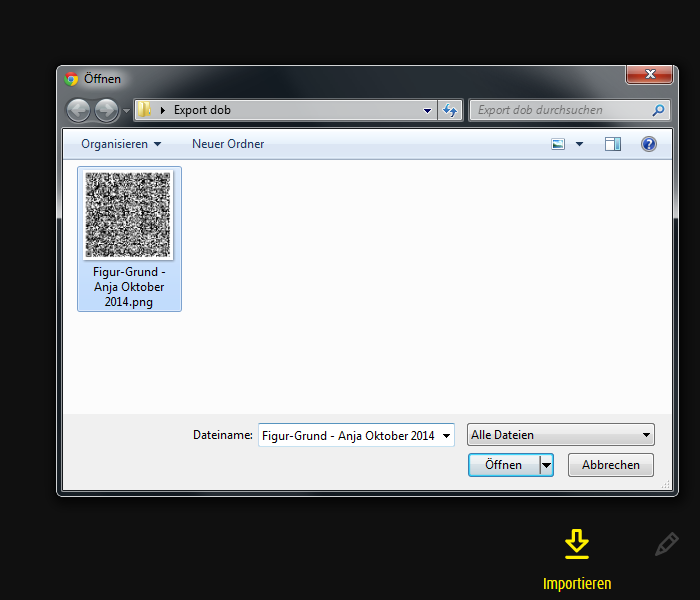
Click on Select file
Choose the QR-code and confirm the selection
Exercises will be extracted and displayed in the import area.
Note: An image of the QR-Code can actually not be taken and imported by tablet camera.
6.2.2. Import exercises dob plus iOS App for iPads
| Click on Import gives access to the code scanner. |
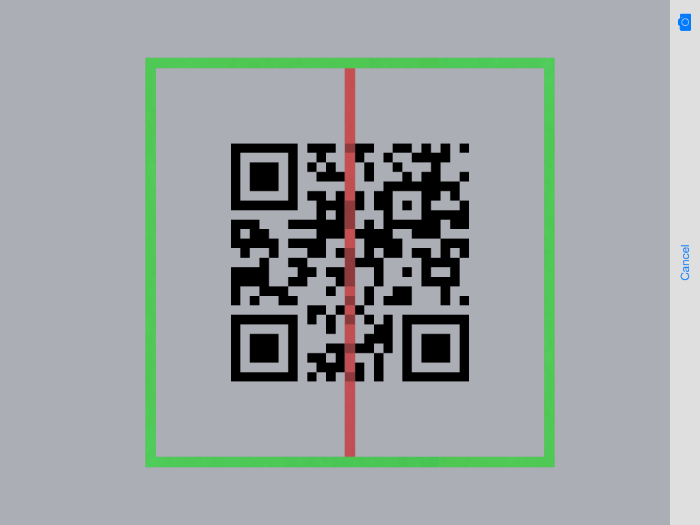
Move the green frame over the code image.
It will automatically be scanned and the exercices will be loaded to in the import area.
7. Module
7.1. spot  – Recognize an object 1
– Recognize an object 1
7.1.1. Task
An object will appear on the screen. Locate, recognize and name it.
Alternative: The object on the screen is in motion.
7.1.2. Course of Exercise
- If necessary, a preview of the requested object will be shown.
- Click on the start button or press SPACE.
- Anobjectwillappearonthescreen.
Locate,recognizeandnameit.
The preview can be shown within the task using Shift + H. - Alternative:Theobjectisinmotion.
- Click on the object.
Alternative: SPACE
Within exercises, animation, object size, contrast, background color and pattern can be changed using keyboard shortcuts.
Shortcut keys all modules
Individualization Modul spot
Create individual exercises
Editor all modules
editor module spot
7.1.3. Exercises
| Type of exercise | Supplement |
| Fixation | random peripheral right-left peripheral up-down |
| Visual Field | right left up down |
| Gaze Switching | horizontal vertical diagonal |
| Smooth Pursuit | horizontal vertical diagonal circle square triangle |
| Movement central | |
| Contrast | |
| Frequency | Recognition Differentiation |
| Color | Recognition Differentiation |
| Face | Recognition Interpretation |
| Figure-Ground | |
| Optotypes | Lea-Symbols Landolt Rings Tumbling E |
| Shape | Recognition Scanning Discovering |
| Clock | |
| Character | Letters Numbers |
Example:
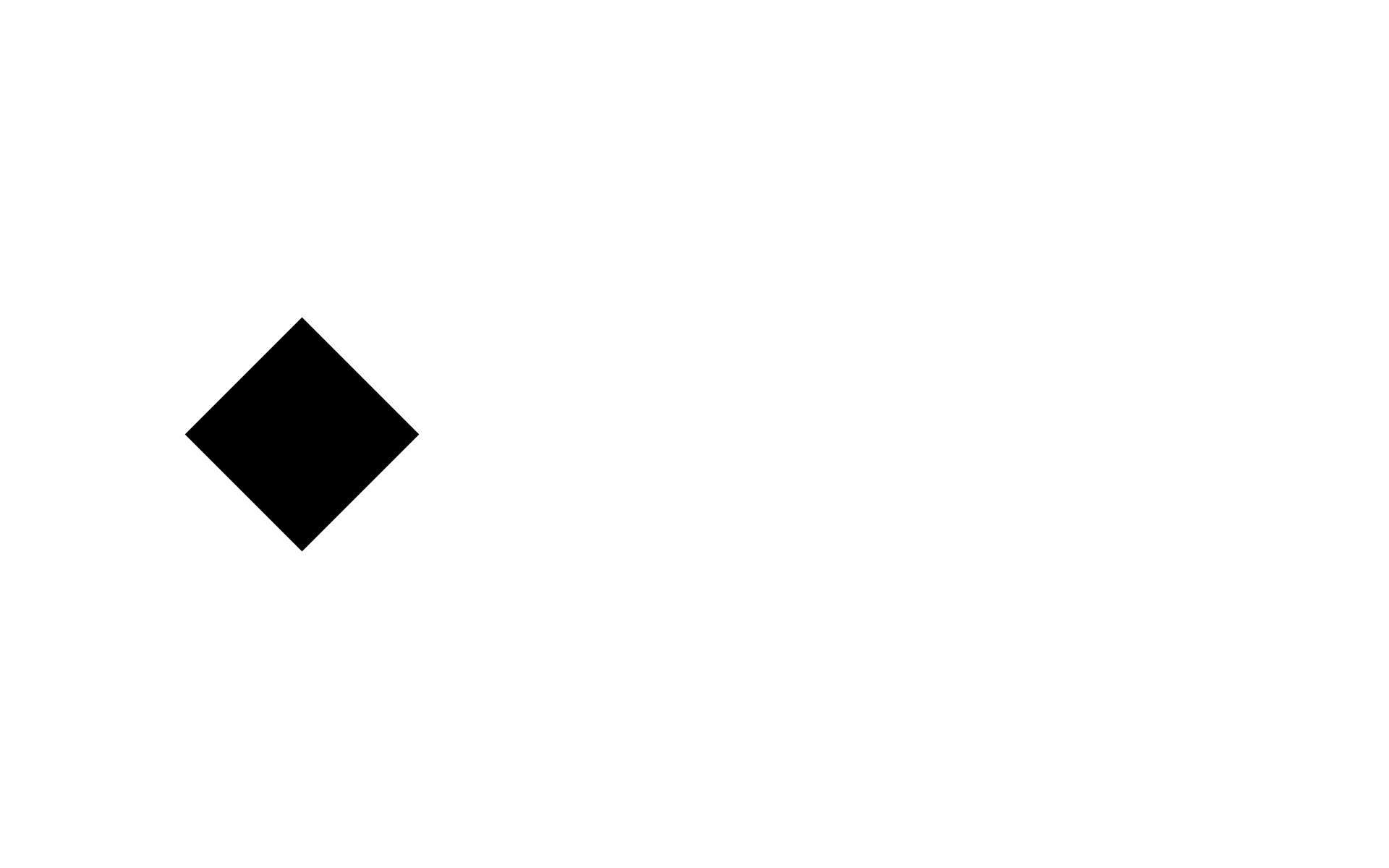
Gaze Switching horizontal | M_pos_1, sw
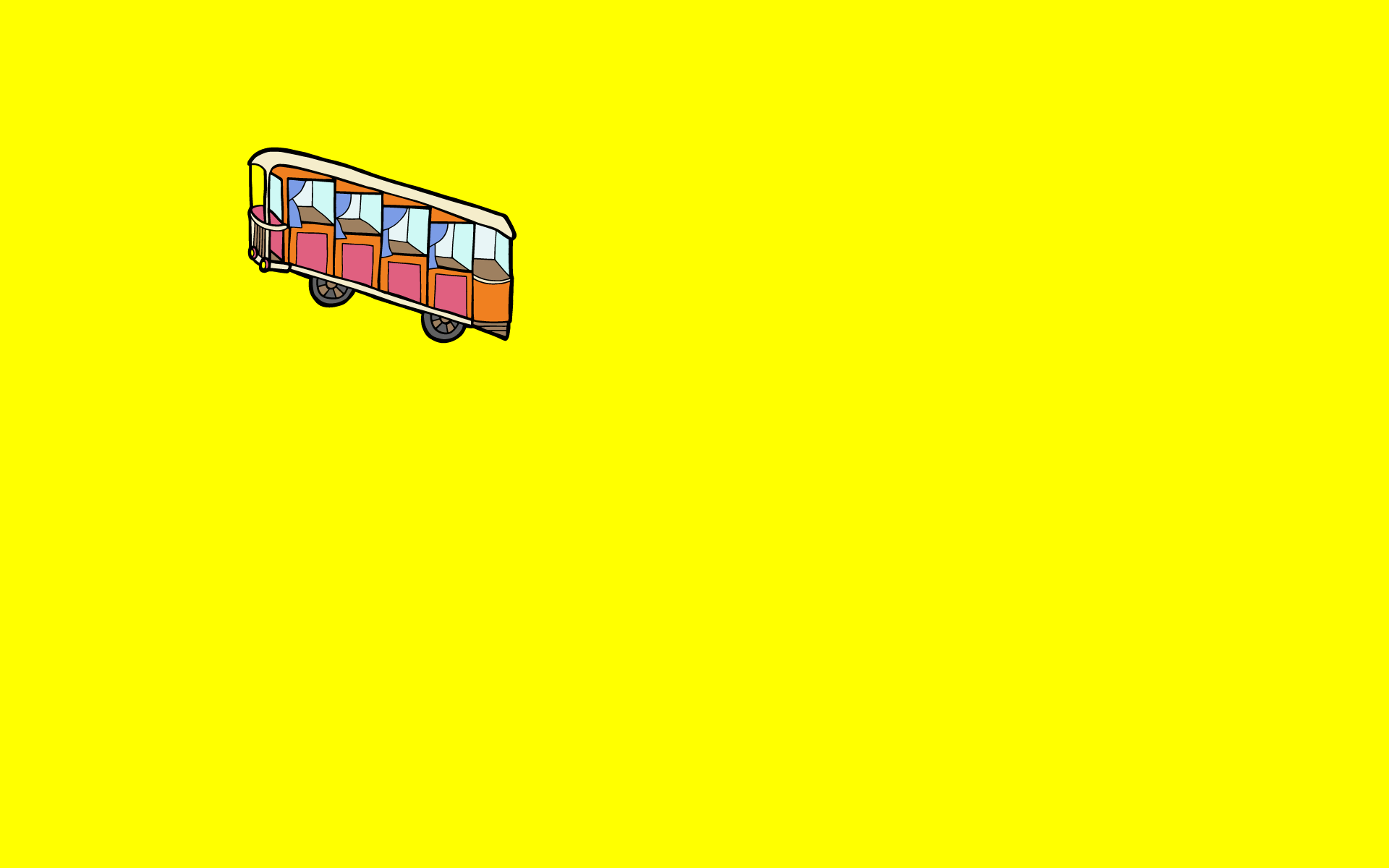
Smooth Pursuit diagonal | L_col_3, Bergbahnen
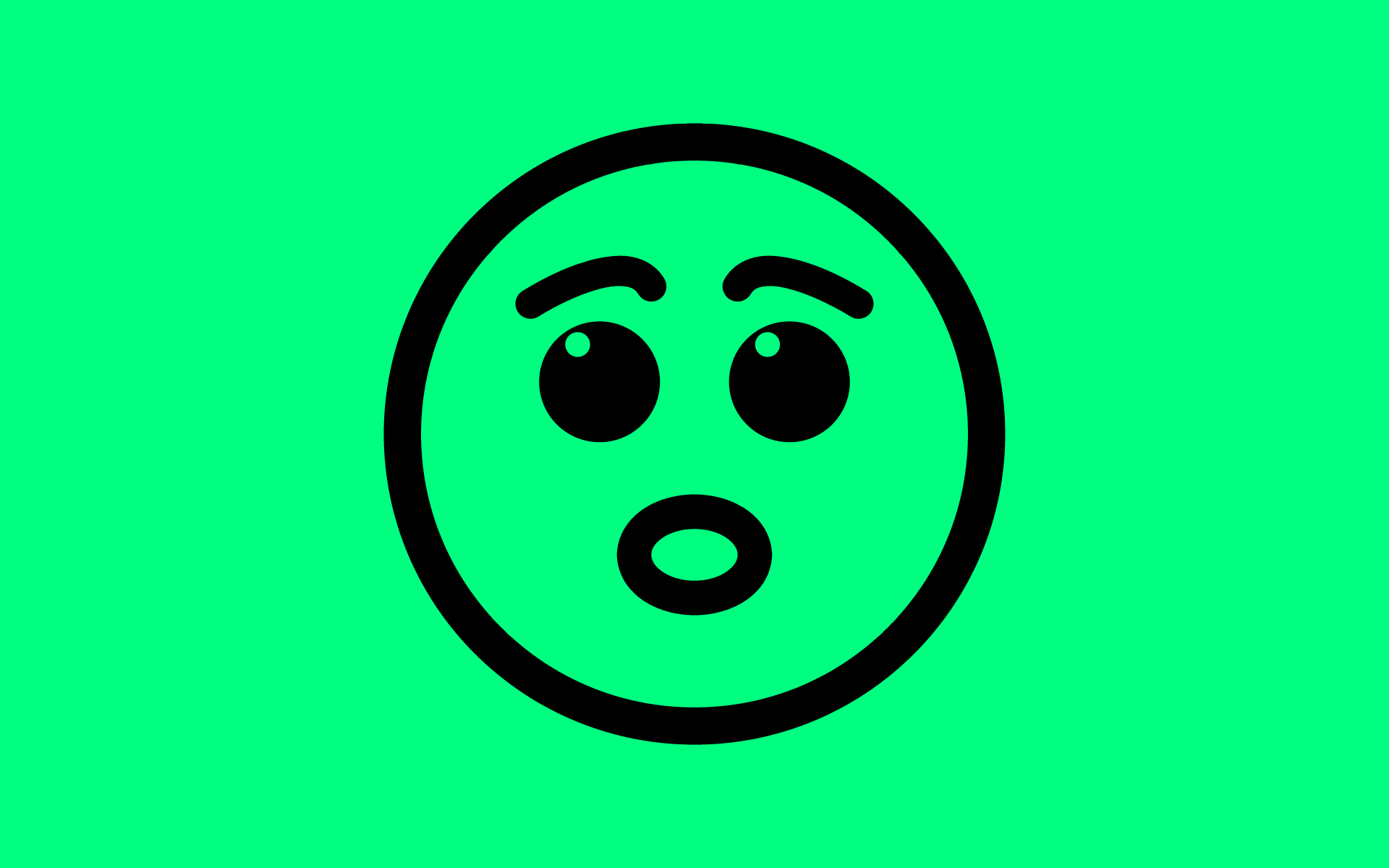
Face Interpretation | XL_pos_1
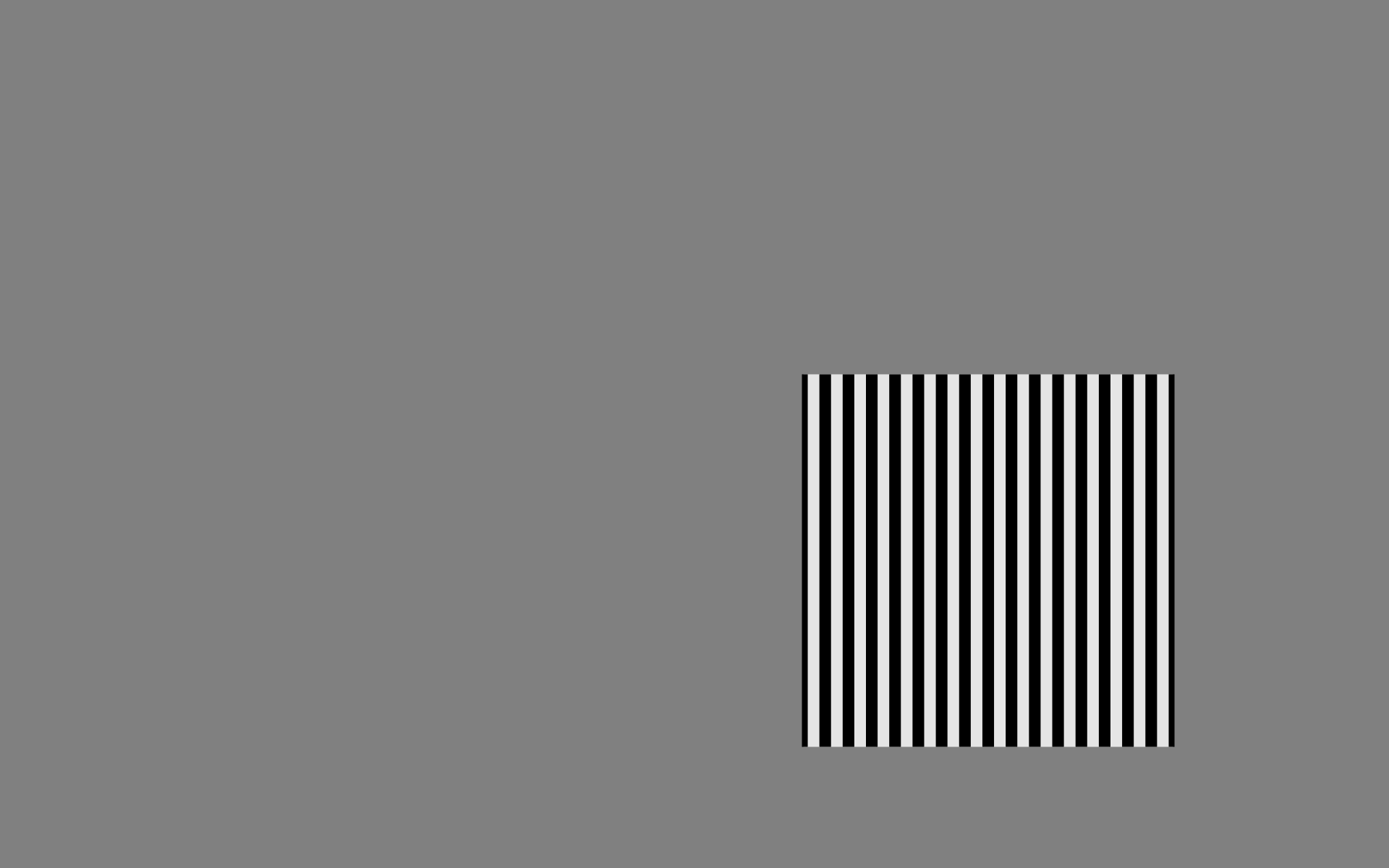
Frequency Recognition | L_pos_1, Gitter
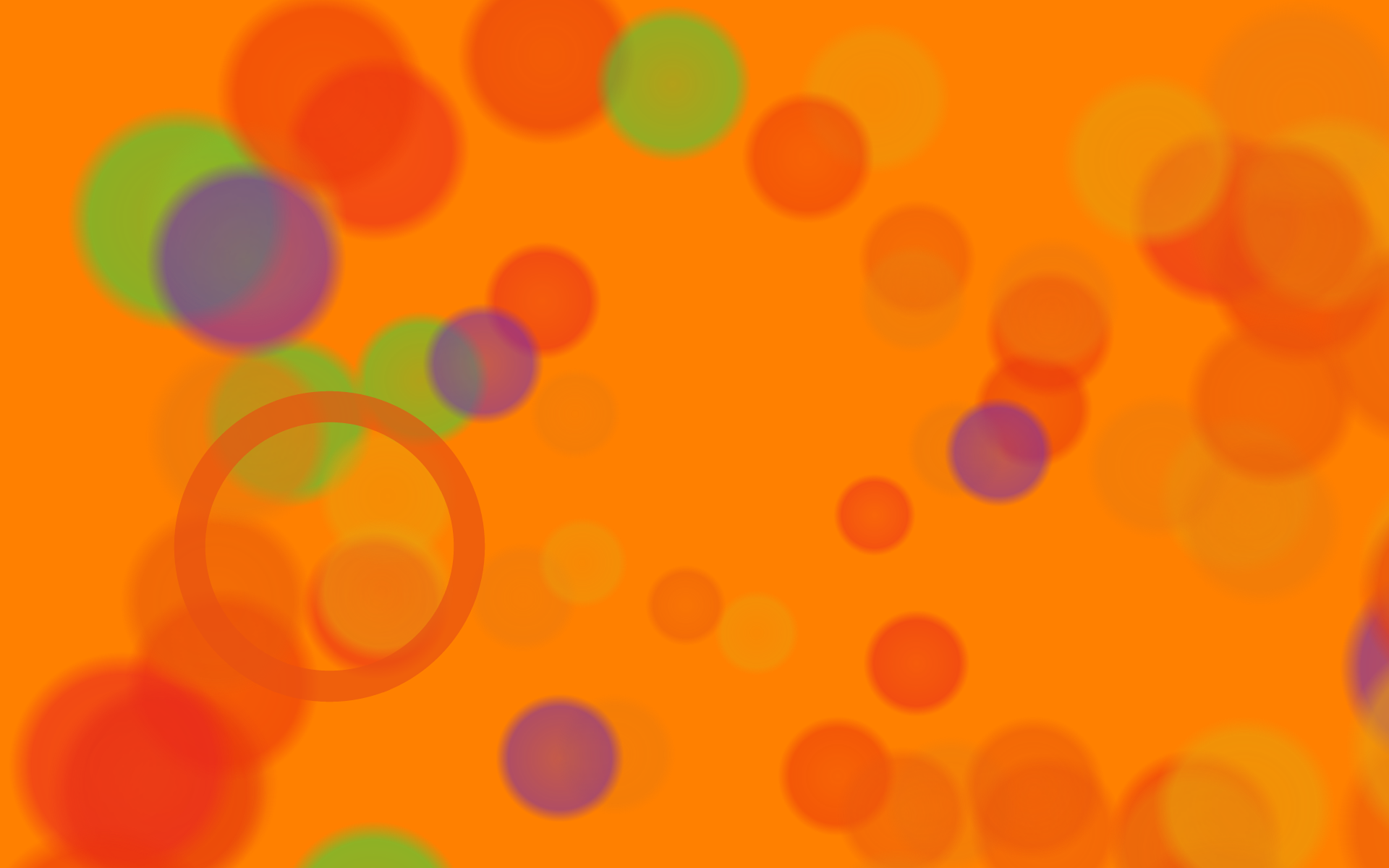
Figure-Ground | L_col_2
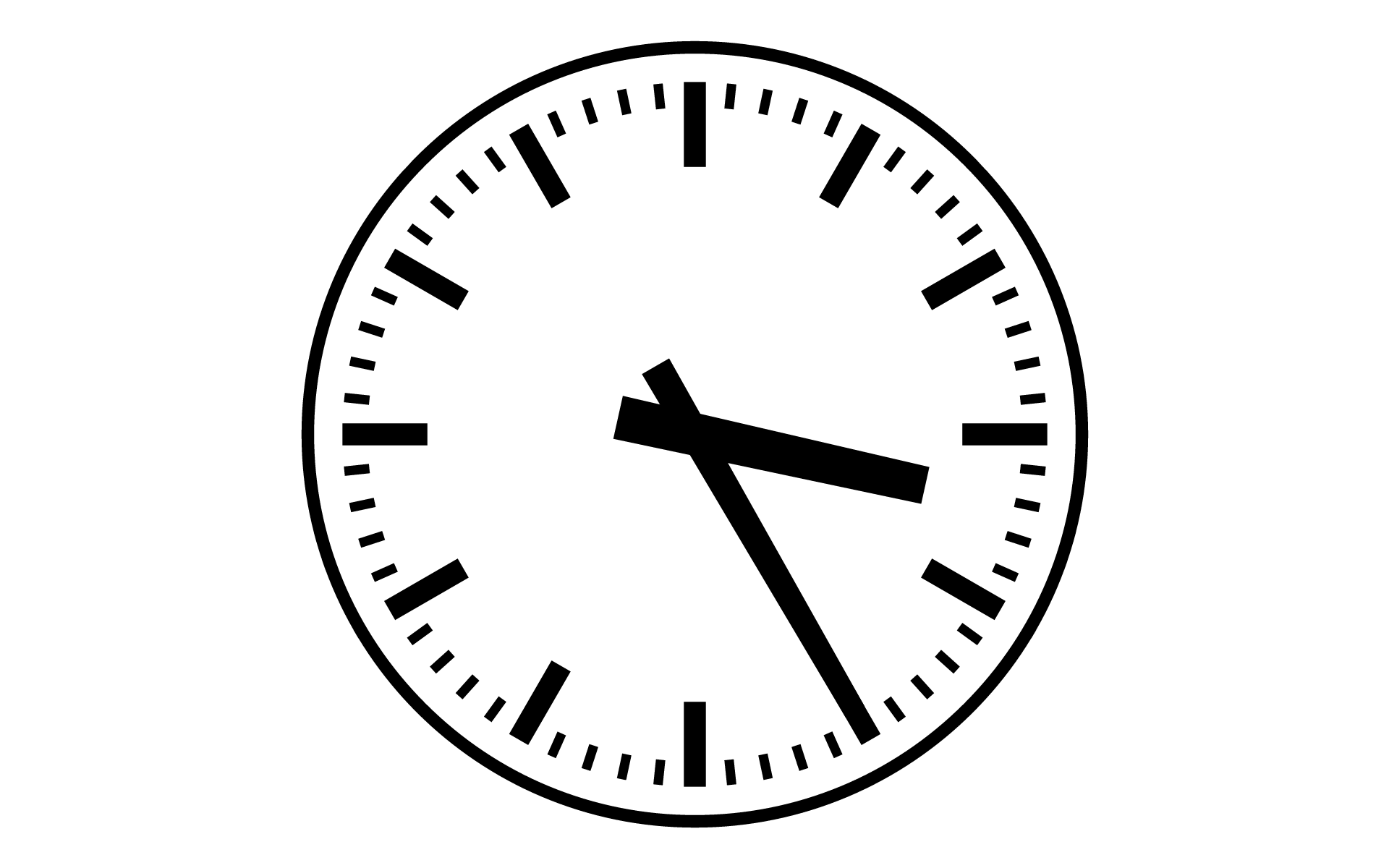
Clock | XL_pos_4
Overview of all exercises sorted by exercise type on www.dob.li
7.2. spotPlus  – Recognize an object and distinguish it from others
– Recognize an object and distinguish it from others
7.2.1. Task
An object will be indicated. It will then appear either singular or multiple with other objects, differentiating in shape and/or color. Locate and name the indicated object.
7.2.2. Course of Exercise
- Apreviewoftherequestedobjectpropertieswillbeshown.
- Click on the start button or press SPACE.
- Theobjectwillappeareithersingularormultiplewithdifferingobjects.
The preview can be shown within the task using Shift + H. - Click on the requested objects.
If there are only two objects, confirmation with SPACE is possible.
Within exercises, animation, object size, contrast, background color and pattern can be changed using keyboard shortcuts.
Shortcut keys all modules
individualization module spotPlus
Create individual exercises
Editor all modules
Editor module spotPlus
7.2.3. Properties
| Shape | |
| Color or color combination | |
| Opacity | |
| Size |
It's possible to search by individual properties or combinations of properties as well.
| One property: | ||
| Example Task: Collect all the blue objects. Shape, opacity and size are irrelevant. |
||
| Combination of properties: | ||
| Example Task: Collect all the red triangles. Opacity and size are irrelevant. |
||
7.2.4. Layout
There are five possibilities to arrange the objects on the screen:
| Code | Art | Supplement |
| a | Line | horizontal, vertical or skewed and diagonal |
| b | Circle | |
| c | Grid | arranged in a grid, for example 5x4 objects |
| d | Random | minimum distance between objects, distributed over the entire screen |
| e | Crowd | minimum distance, the objects move closer |
There is a hint to the layout in the title code.
Example: earch and find: Shape S_neg_c_1
Sought in this exercise: Small bright shapes on a dark background arranged in a grid.
7.2.5. Exercises
| Type of exercise | Supplement |
| Eccentric Fixation | right left up down random circle |
| Visual Field | right left up down up right up left down right down left random |
| Contrast | |
| Frequency | Recognition Differentiation Comparison |
| Color | Recognition Differentiation |
| Face | Recognition Interpretation |
| Crowding | Area Framework Outline Optotypes |
| Separation | Area Framework Outline |
| Shape | Differentiation |
| Figure-Ground | |
| Optotypes | Lea-Symbols Landolt Rings Tumbling E |
| Character | Letters Numbers |
| Spatial Relations | |
| Alien | |
| Pattern | Recognition |
| search and find | Shape Color Size Shape and Color |
| Where is …? |
Example:
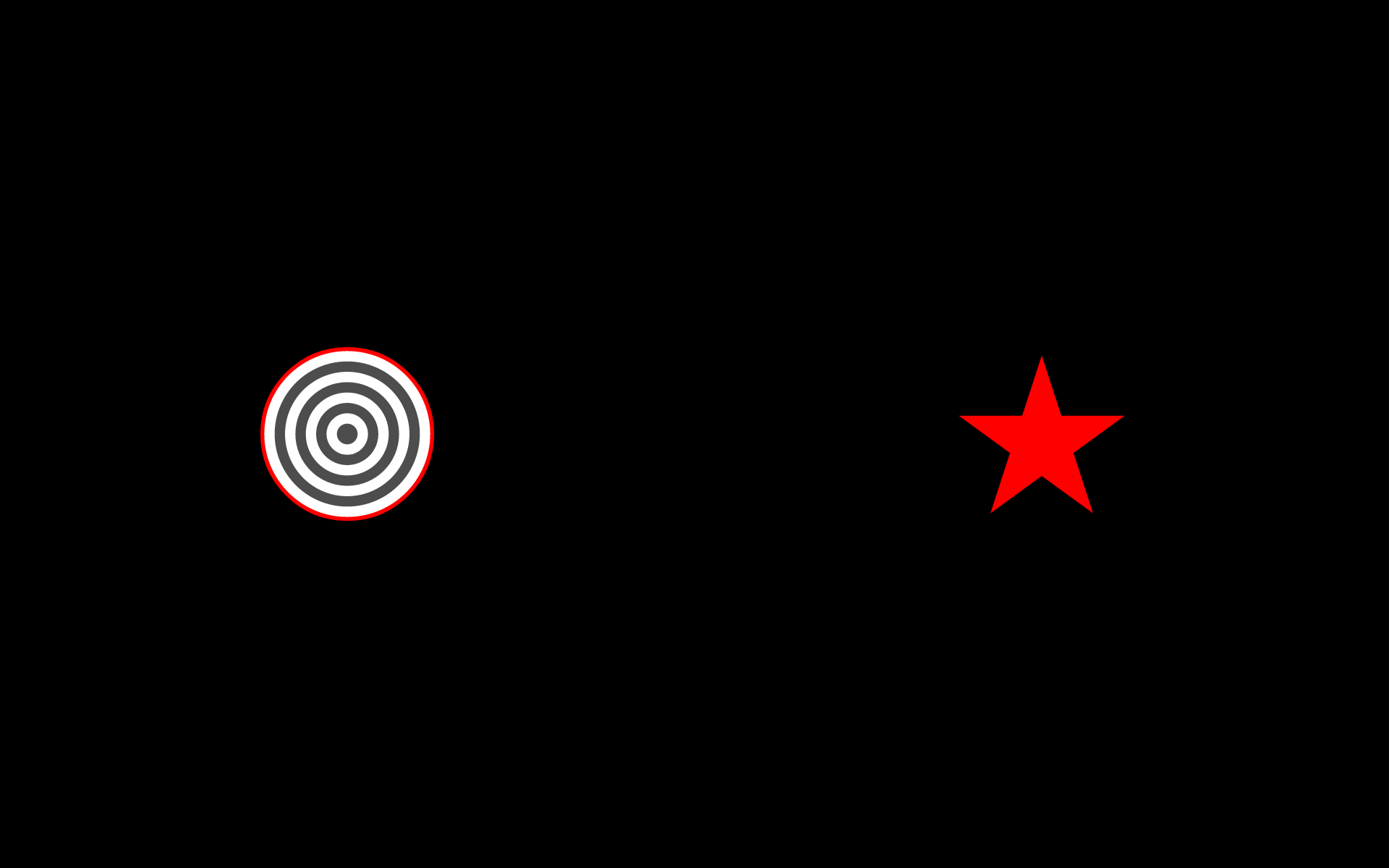
Eccentric Fixation right | M_neg_a_2
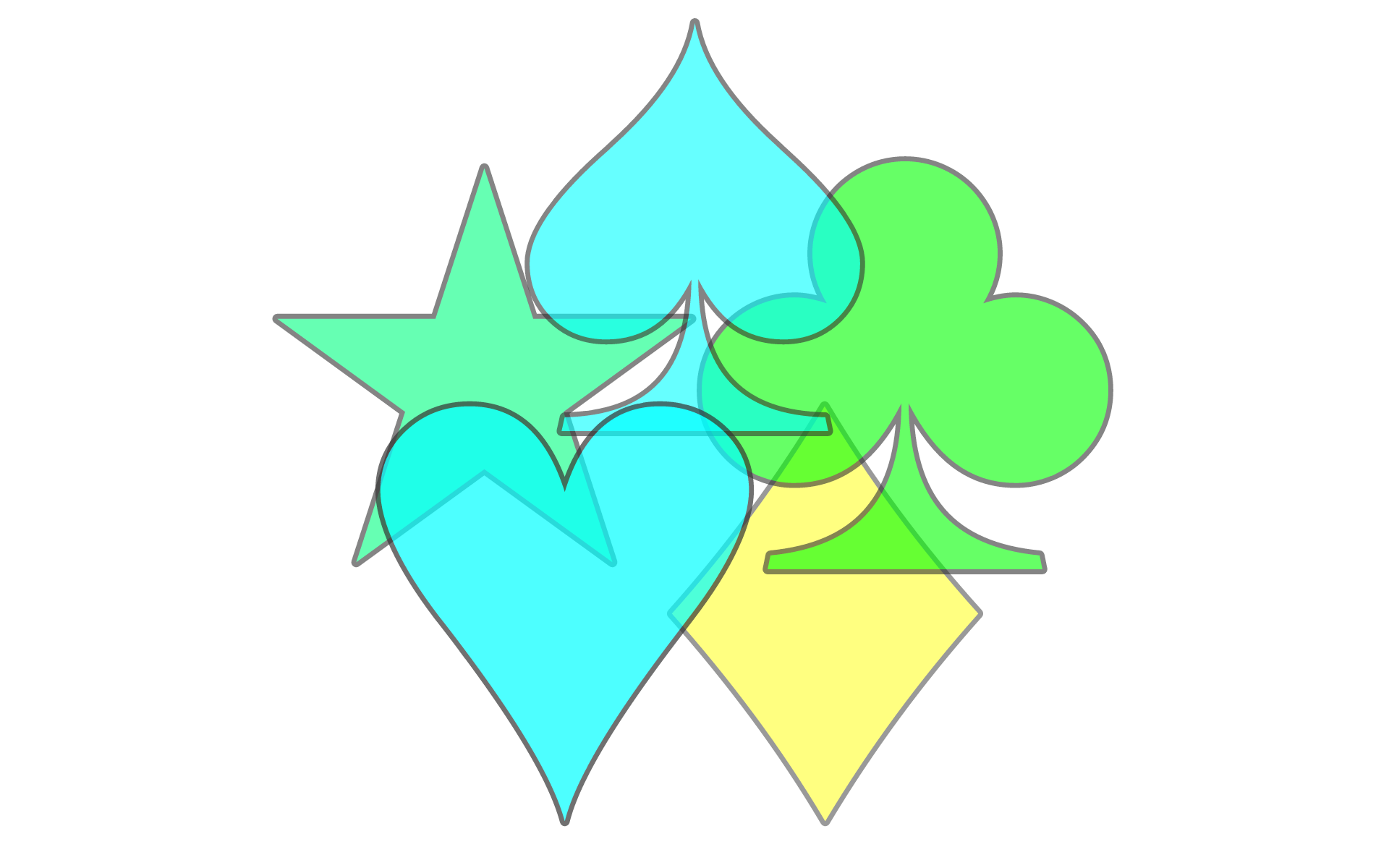
Separation | XL_col_b_1
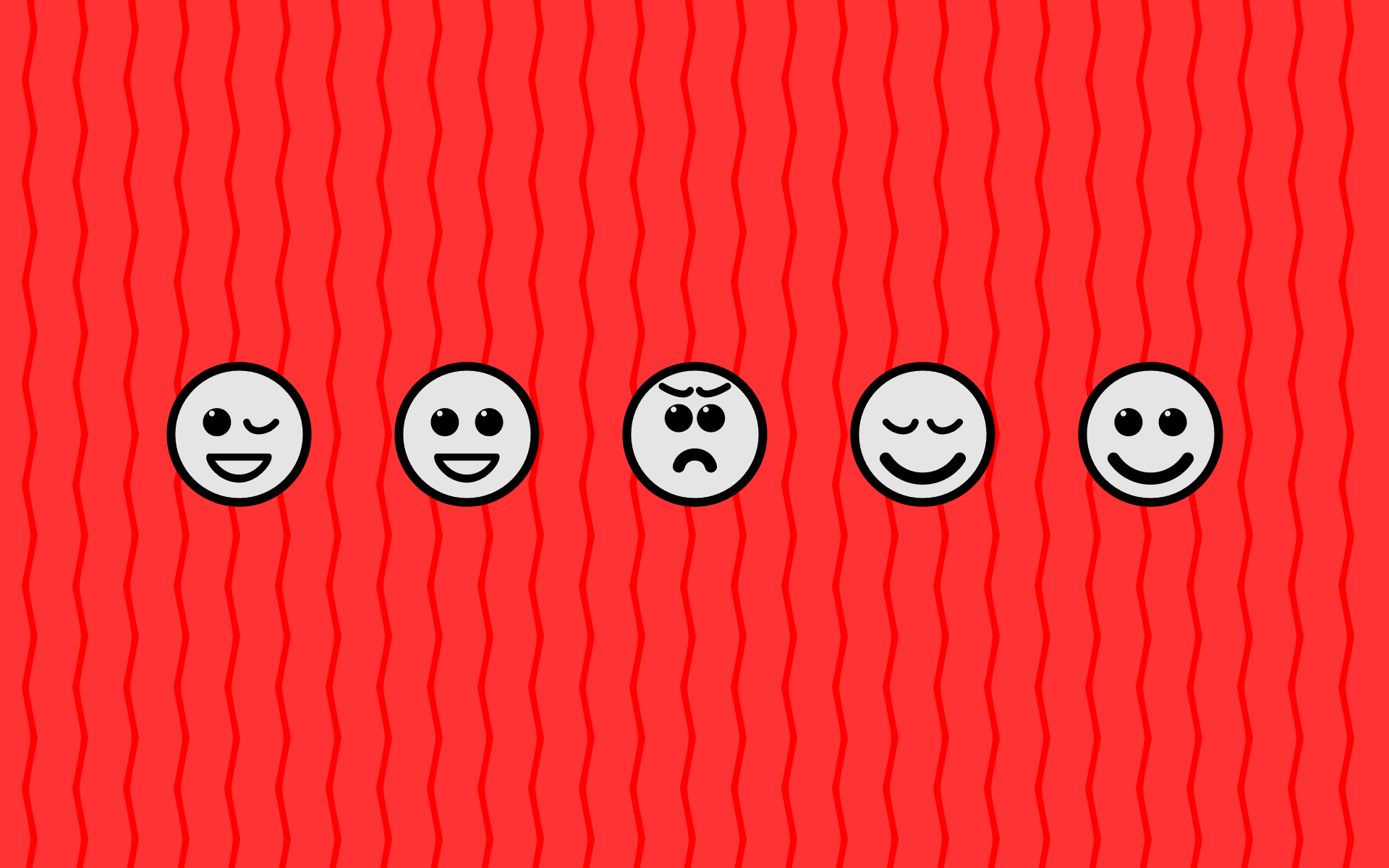
Alien | M_col_a_1, emoticons
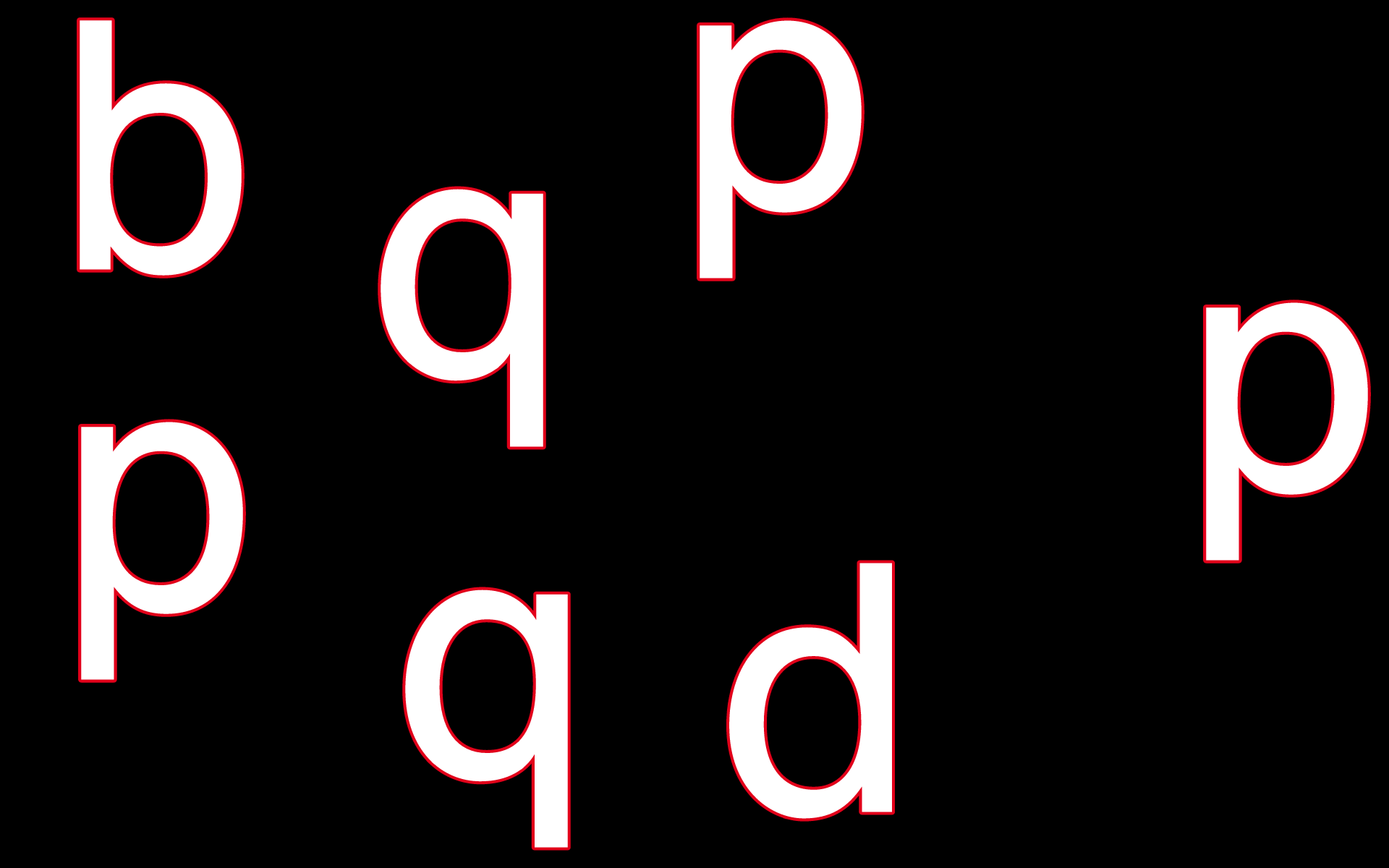
Character Letters | L_neg_d_1
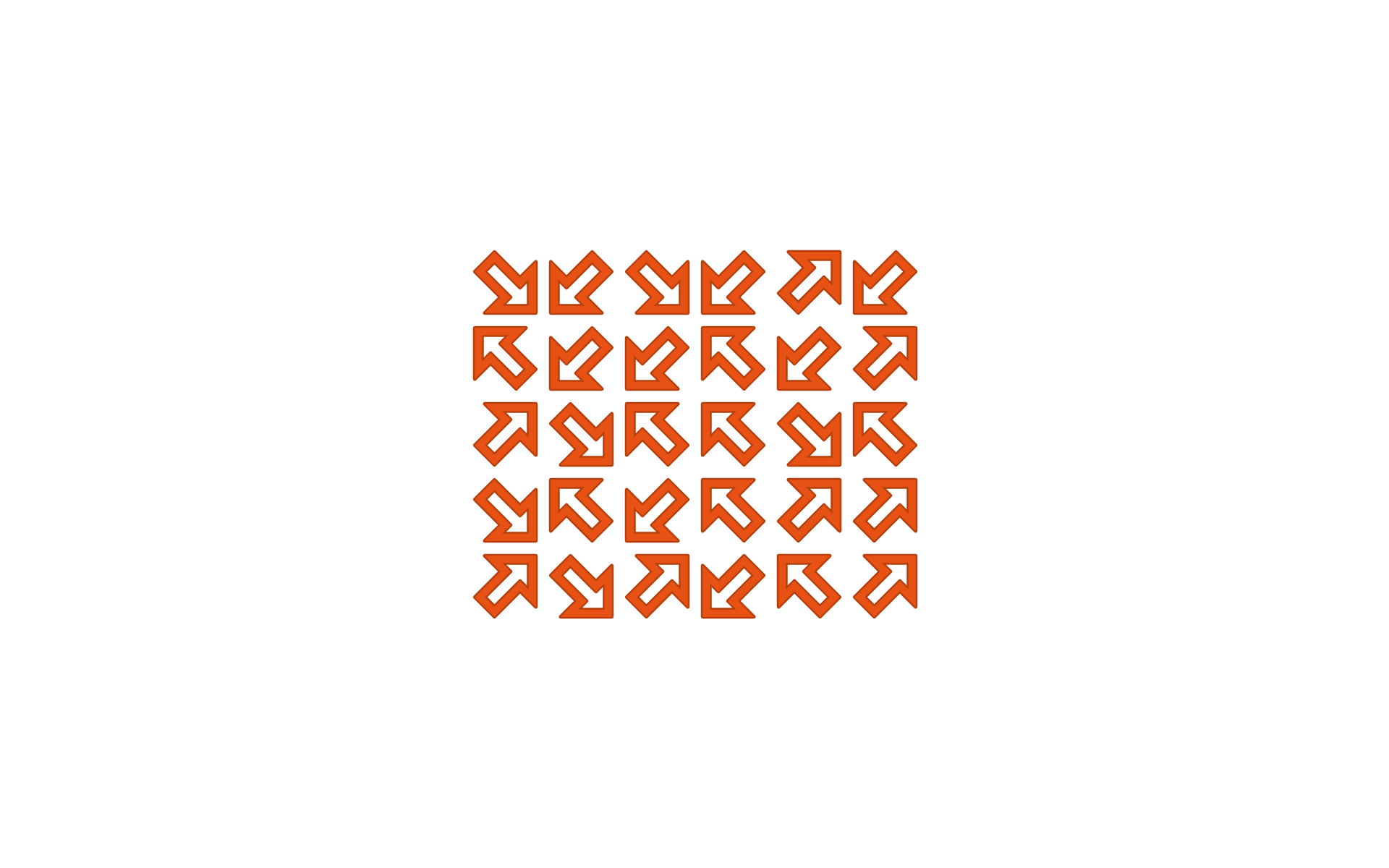
Crowding Framework | S_pos_c_2
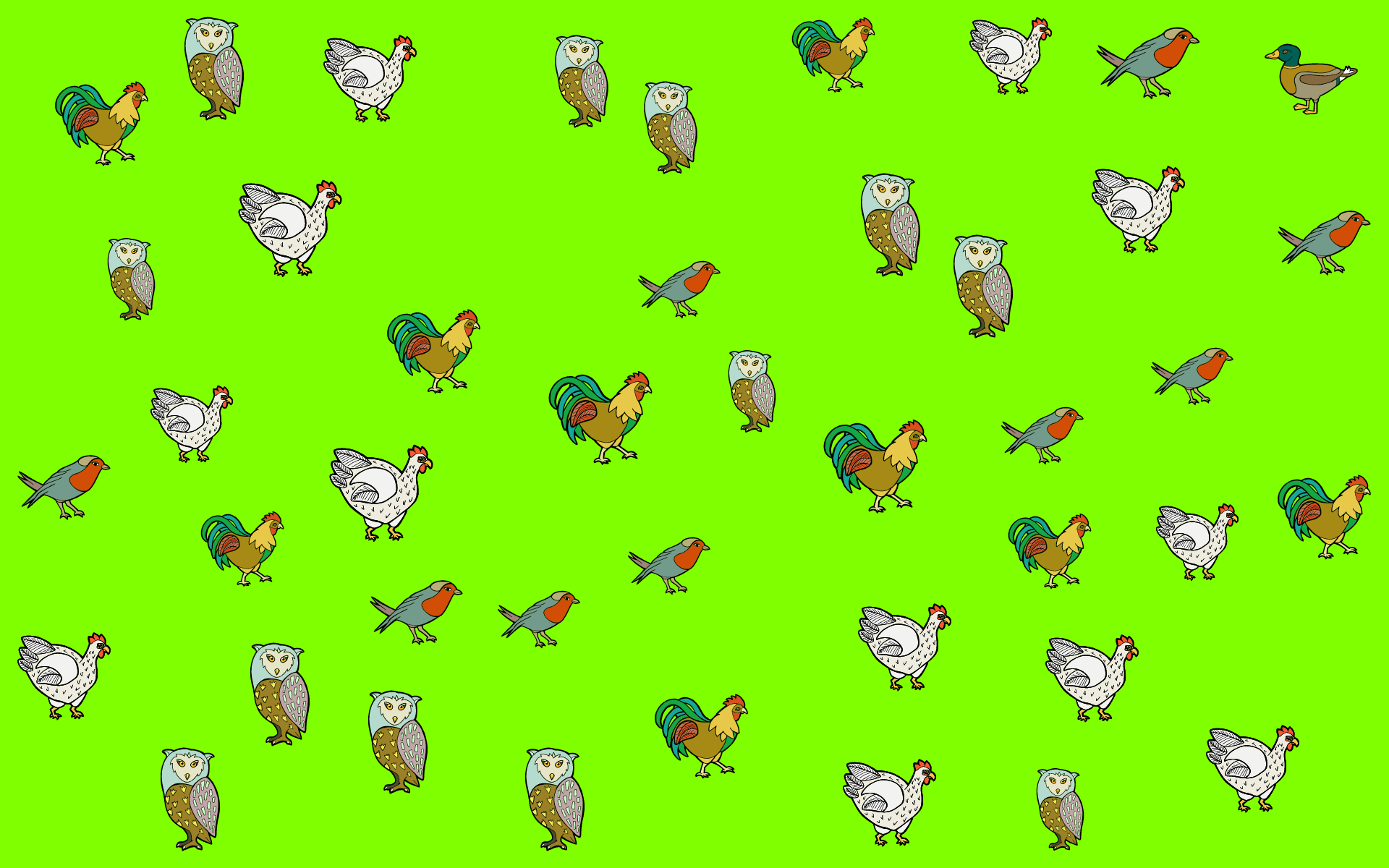
Where is …? | S_col_d_1, birds
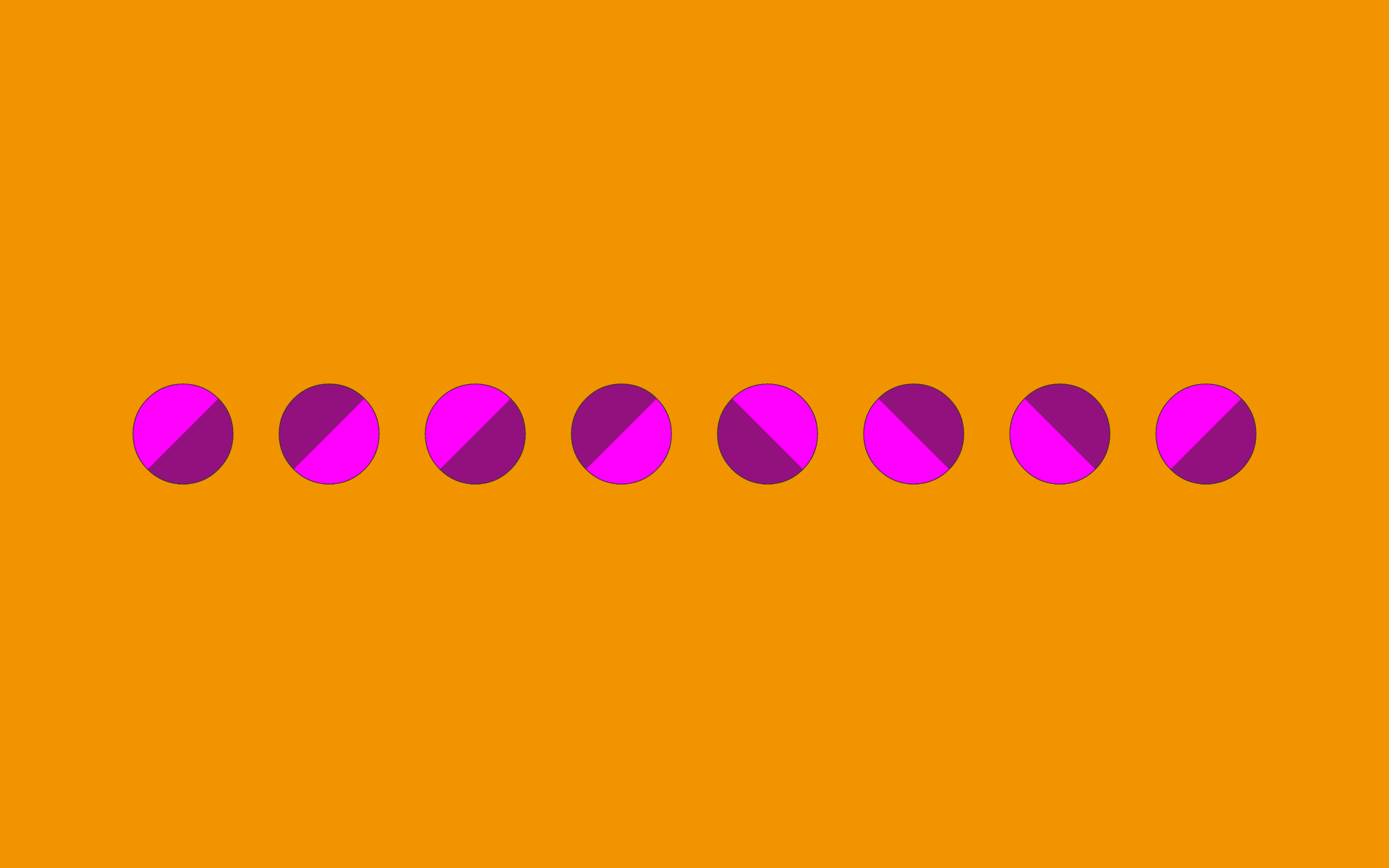
Line: Spatial Relations | M_col_a_1
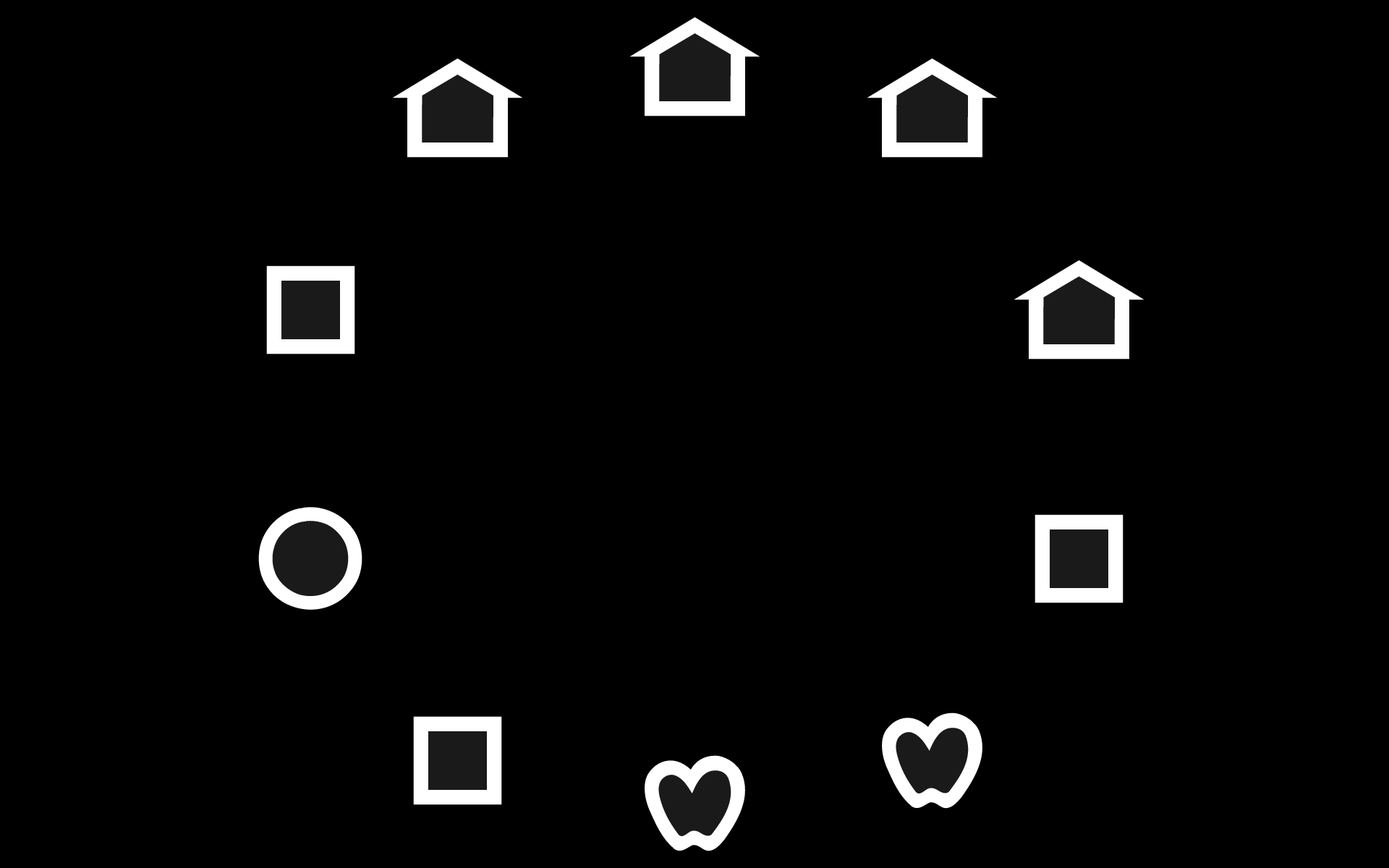
circle: Optotypes: Lea-Symbols | M_neg_b_1
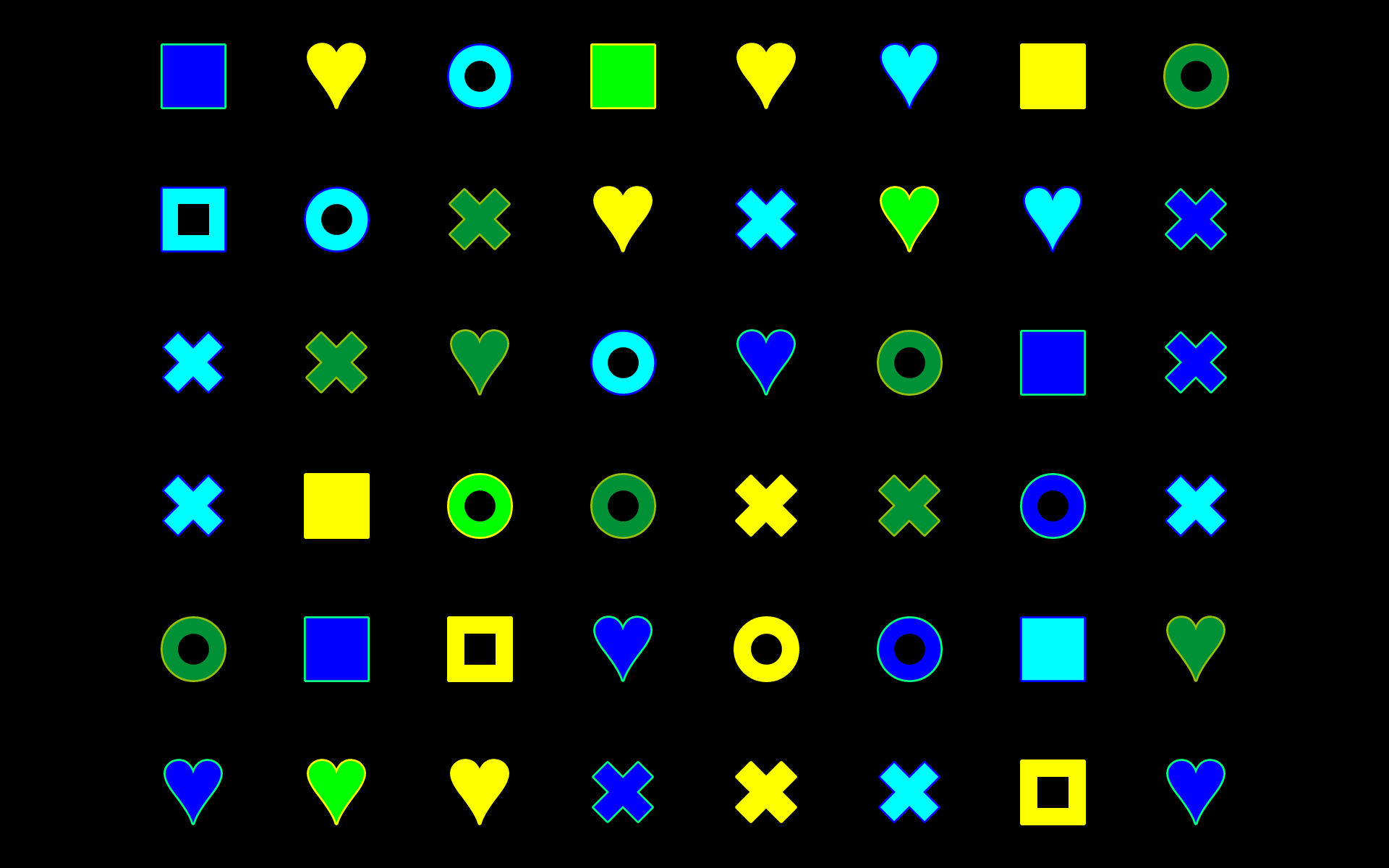
Grid: search and find Color | S_neg_c_1
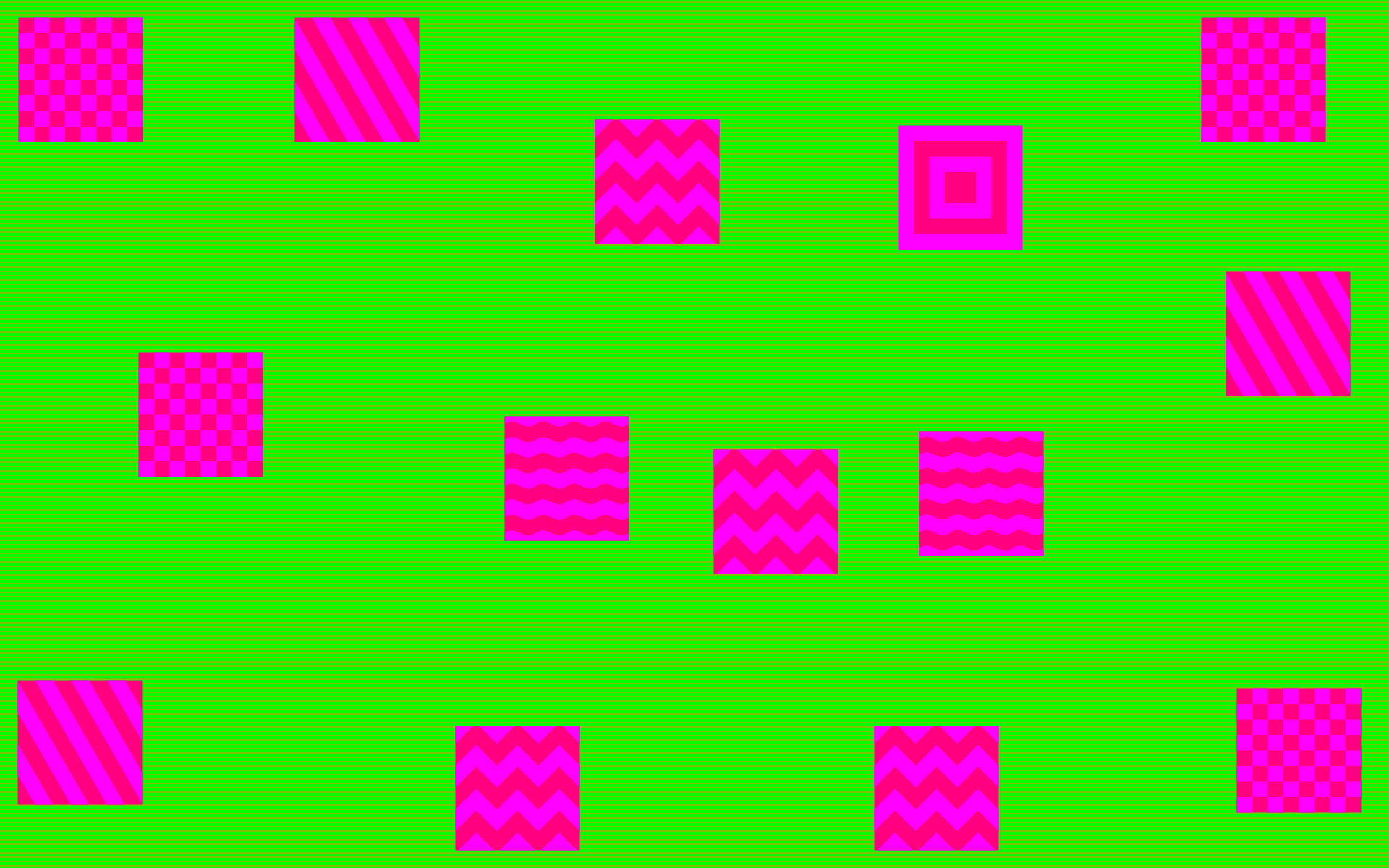
random: Frequency Differentiation | M_col_d_1
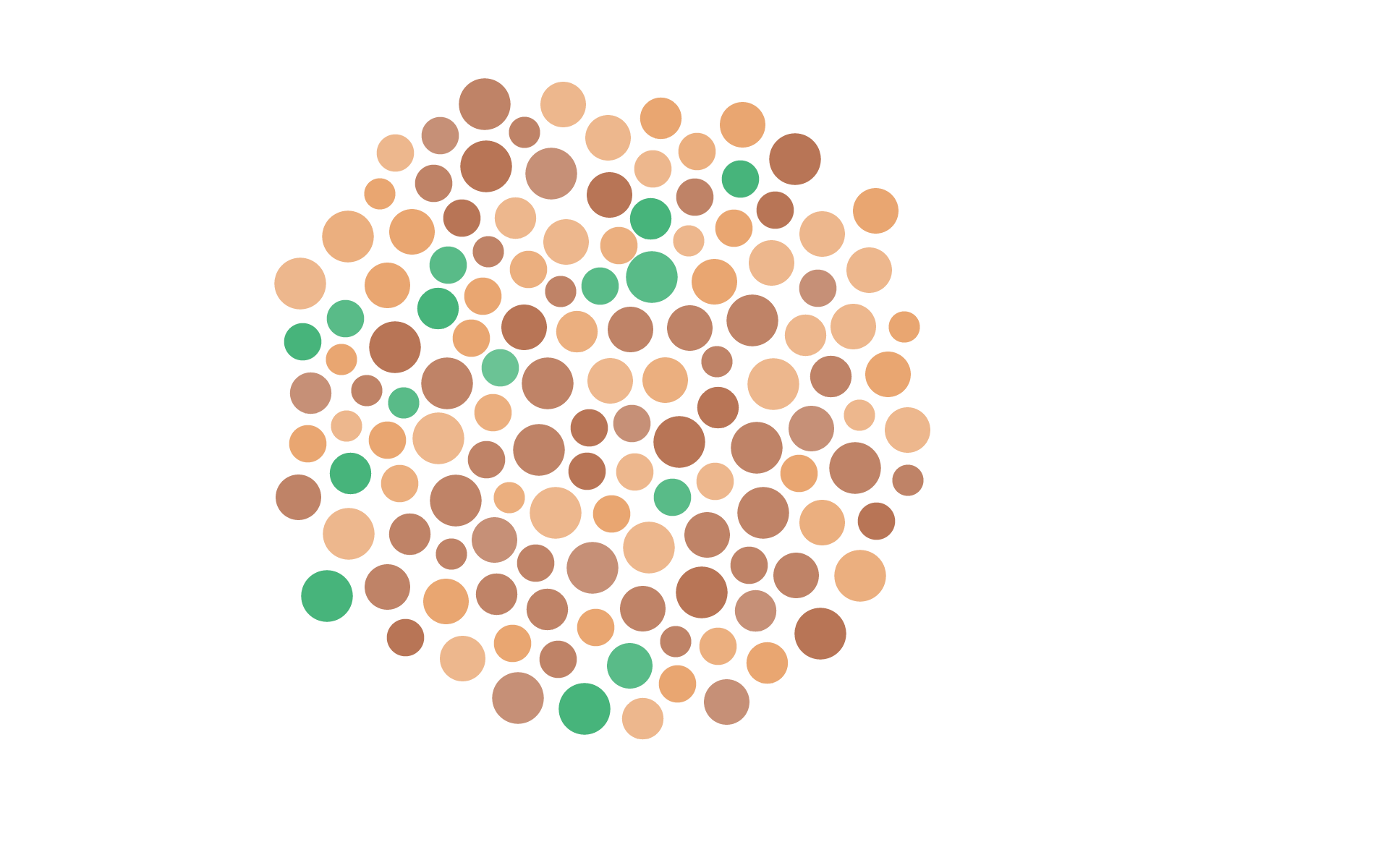
Crowd: Color Differentiation | XS_pos_e_2
Overview of all exercises sorted by exercise type on www.dob.li
7.3. zoom  – Recognize an object 2
– Recognize an object 2
7.3.1. Task
An object will appear on the screen that is either too small or too big. The size of the object will vary until you recognize it.
Alternative: An object with either low or high opacity will appear on the screen. The opacity of the object will vary.
Stop the variation with the S-key.
7.3.2. Course of Exercise
- If necessary, a preview of the requested object will be shown.
- Click on the start button or press SPACE.
- A nobject will appear on the screen that is either too small or too big. The size of the object will vary until you recognize it.
- Alternative: The opacity of the object will vary until you recognize it/until you can't recognize it any more.
- Click on the object.
The variation can be stopped by the S-key.
Within exercises, animation, object size, contrast, background color and pattern can be changed using keyboard shortcuts.
Shortcut keys all modules
individualization module zoom
Create individual exercises
Editor all modules
Editor module zoom
7.3.3. Properties
Object size and/or opacity will increase < or decrease > either continuously or gradual.
There is a hint to the type of modification in the title code.
Example: Form Recognition XS_col_<_2, fruits
Requested: Fruits on a colored background. Object size increases.
7.3.4. Exercises
| Type of exercise | Supplement |
| Movement central | |
| Contrast | |
| Frequency | Recognition Differentiation |
| Face | Recognition Interpretation |
| Optotypes | Lea-Symbols Landolt Rings Tumbling E |
| Shape | Scanning Recognition Discovering |
| Character | Letters Numbers |
Example:
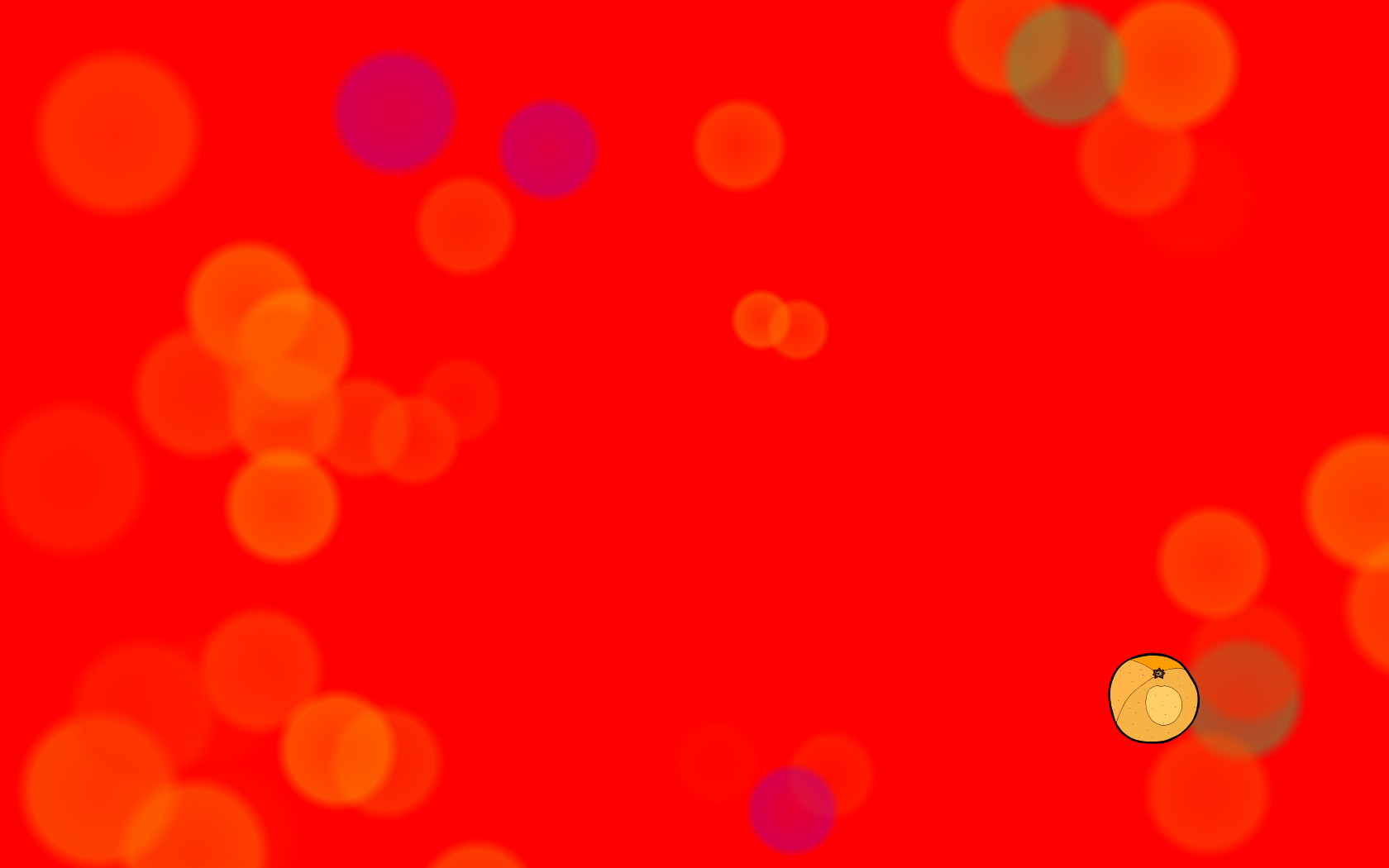
Shape Recognition | XS_col_<_3, fruits
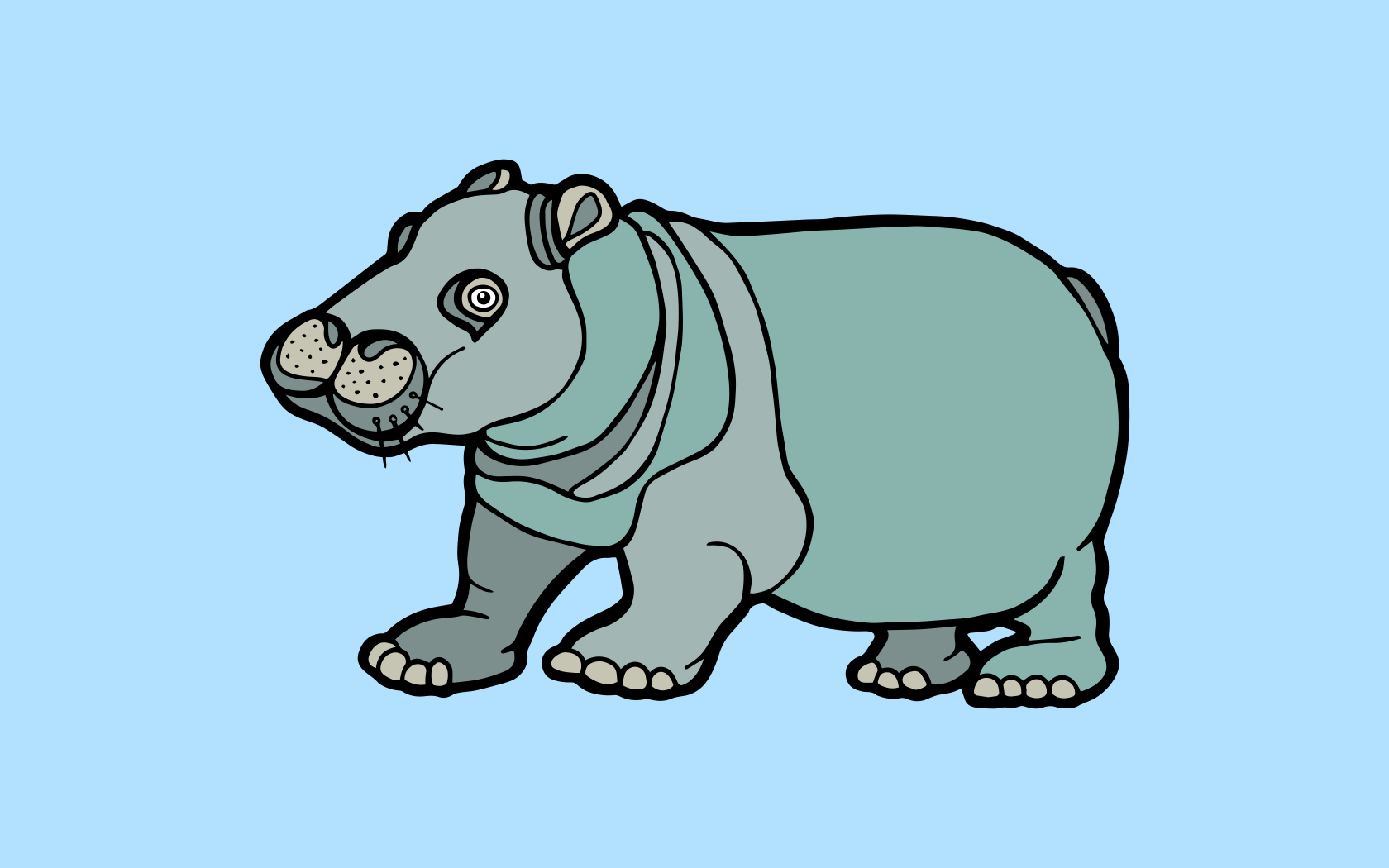
Shape Scanning | XXL_col_>2, animals
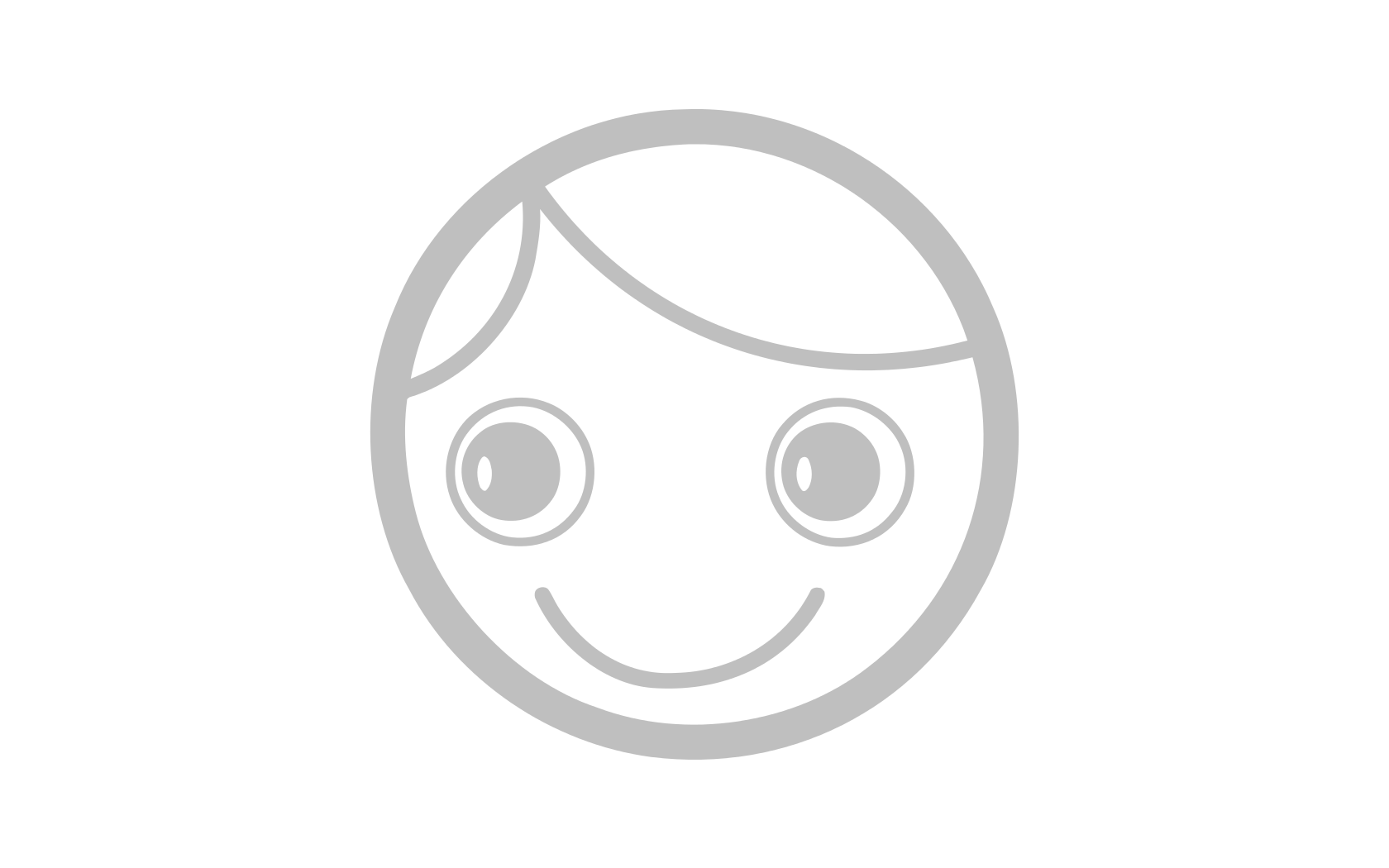
Contrast | XL_pos_<_1, Hiding Heidi
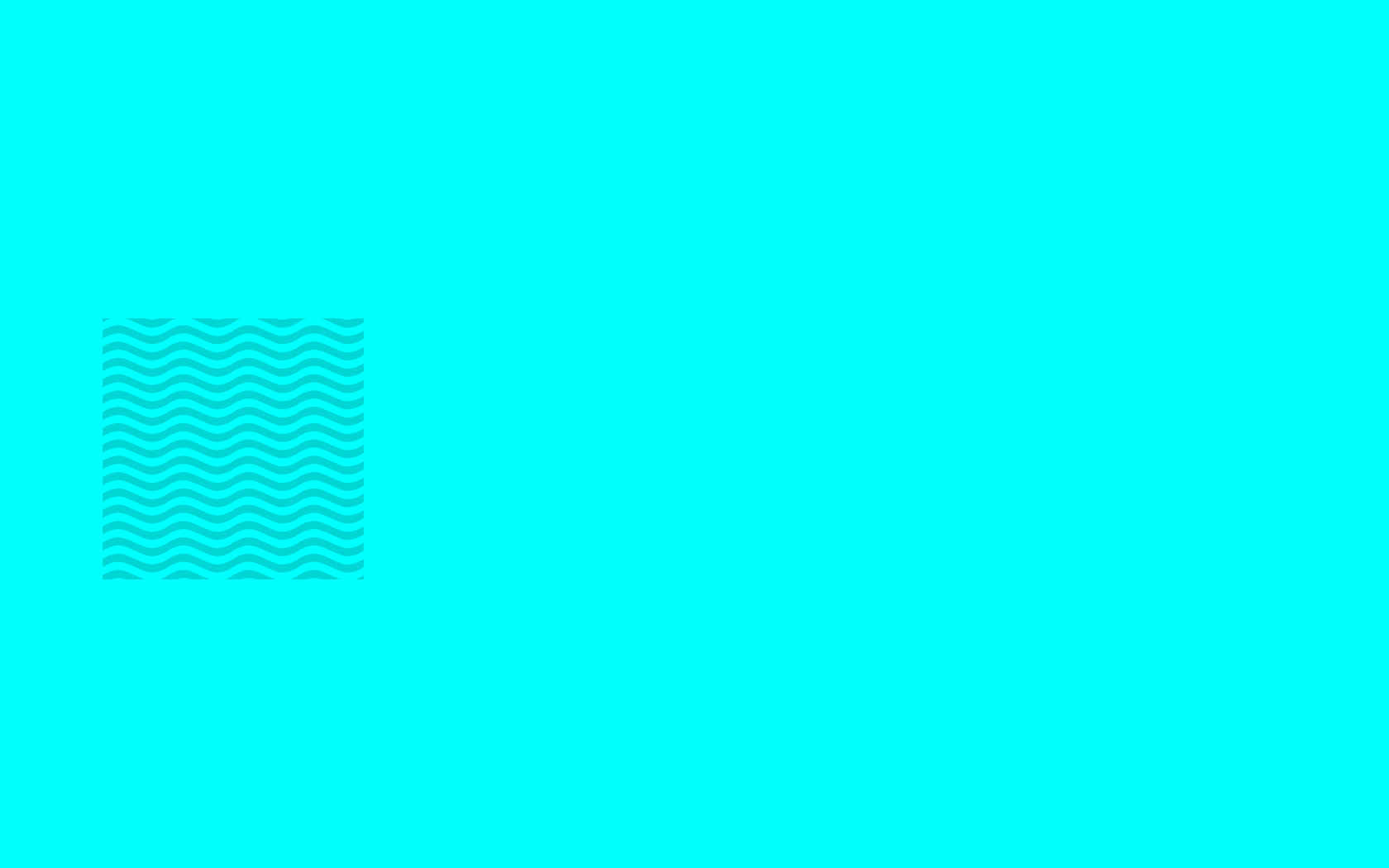
Frequency Differentiation | M_col_<_1
Optotypes Tumbling E | XS_neg_<_3
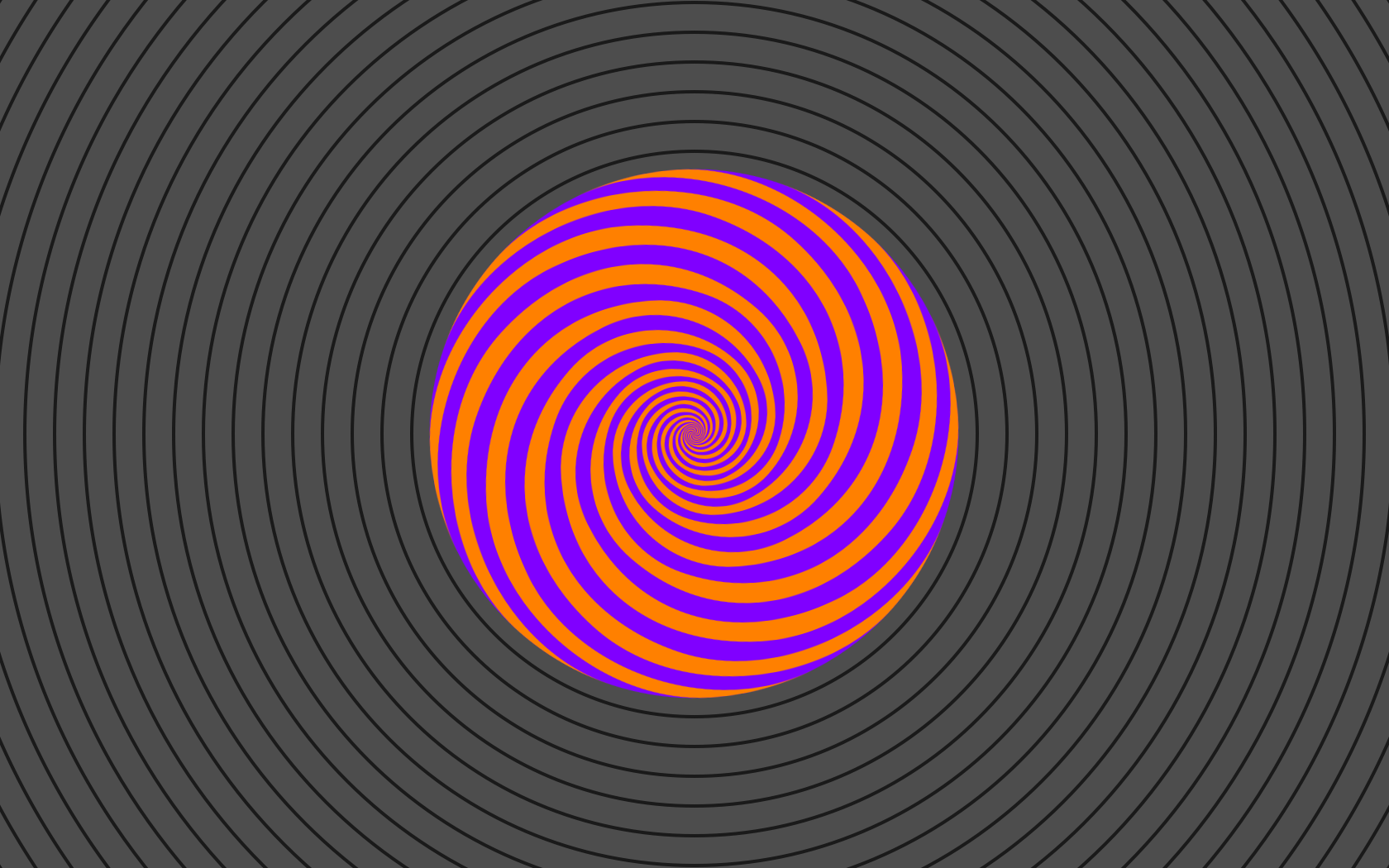
Movement central | S_col_<_1
Overview of all exercises sorted by exercise type on www.dob.li
7.4. track  – Follow a track
– Follow a track
7.4.1. Task
Move an object with the mouse, the arrow keys or your finger (touchscreen) along a line.
7.4.2. Course of Exercise
- An object on a track will be shown.
- The object that is to be moved, flashes.
- Move it with the mouse, the arrow keys or your finger (touchscreen) along the line.
- Alternatives:
- A target object is placed at the end of the line.
- Several target objects are placed along the line.
- Move it with the mouse, the arrow keys or your finger (touchscreen) along the line to the target object(s).
- In the categories without goal you will receive a feedback. It will tell you the number of bumps or falls (optional).
- A feedback at the end of the task will tell you the number of bumps or falls (optional).
Within exercises, line type, width and contrast of the line, animation of target object, background color and pattern can be changed using keyboard shortcuts.
Shortcut keys all modules
individualization module track
Create individual exercises
Editor all modules
Editor module track
7.4.3. Exercises
| Type of exercise | Supplement |
| Stay in lane with goal | straight lines corner curve spiral stair geometric shape free shape |
| Stay in lane without goal | straight lines corner curve spiral stair geometric shape free shape loop |
| Balancing with goal | straight lines corner curve spiral stair geometric shape free shape |
| Balancing without goal | straight lines corner curve spiral stair geometric shape free shape loop |
| Collecting goals Track |
straight lines corner curve spiral stair geometric shape free shape |
| Collecting goals Line |
straight lines corner curve spiral stair geometric shape free shape |
Example:
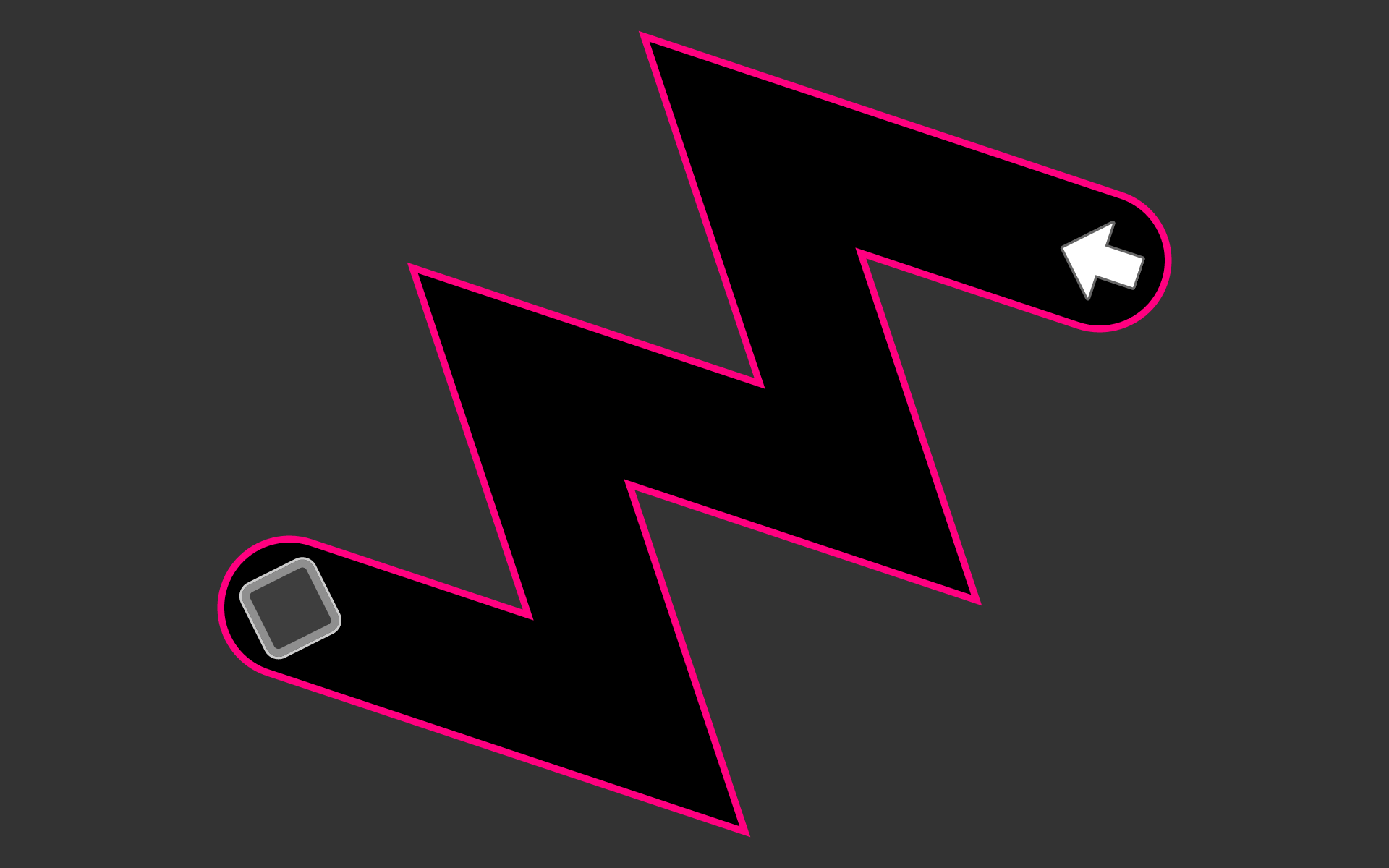
Stay in lane with goal stair | L_neg_2
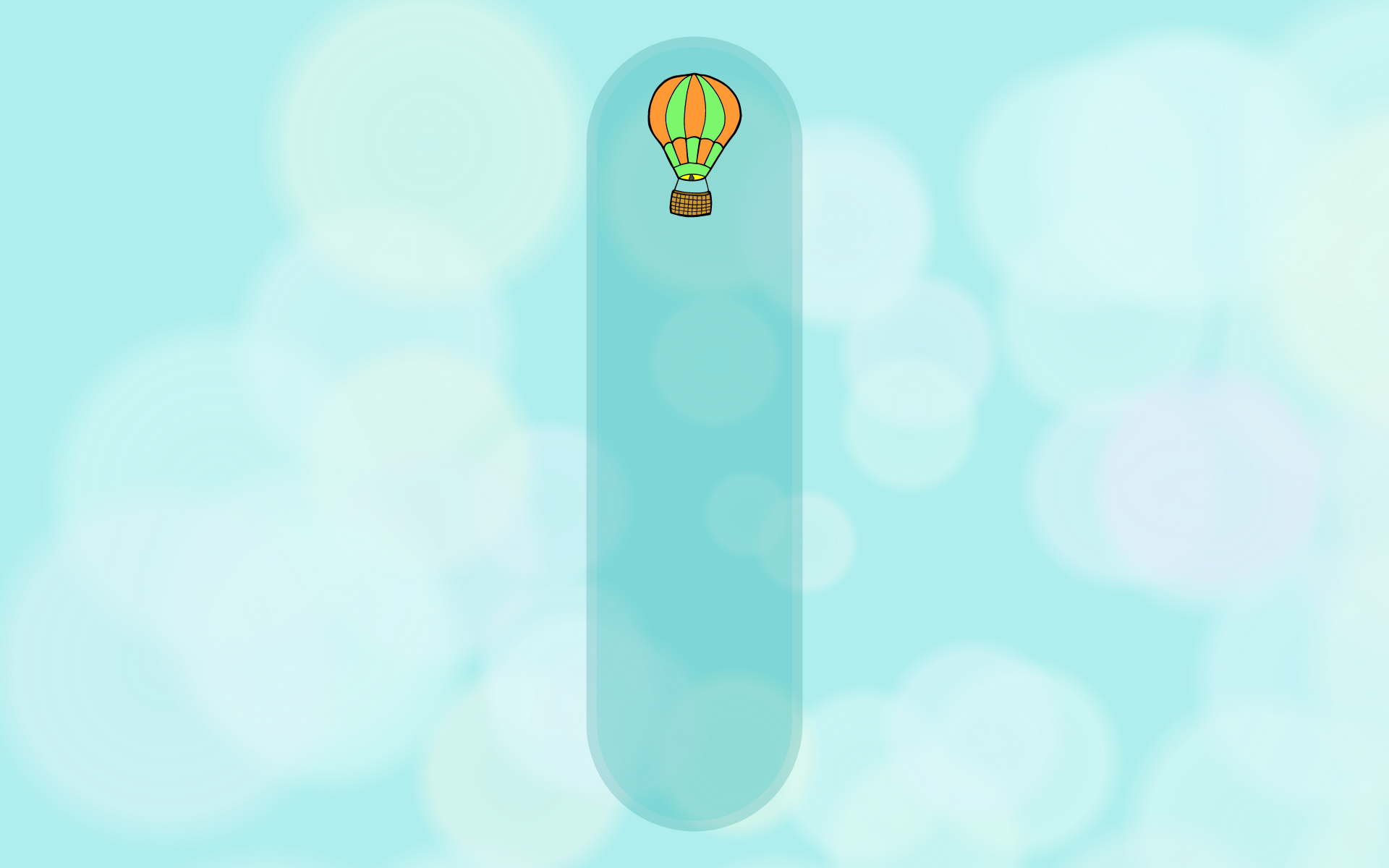
Stay in lane without goal straight lines | L_col_5 vertical
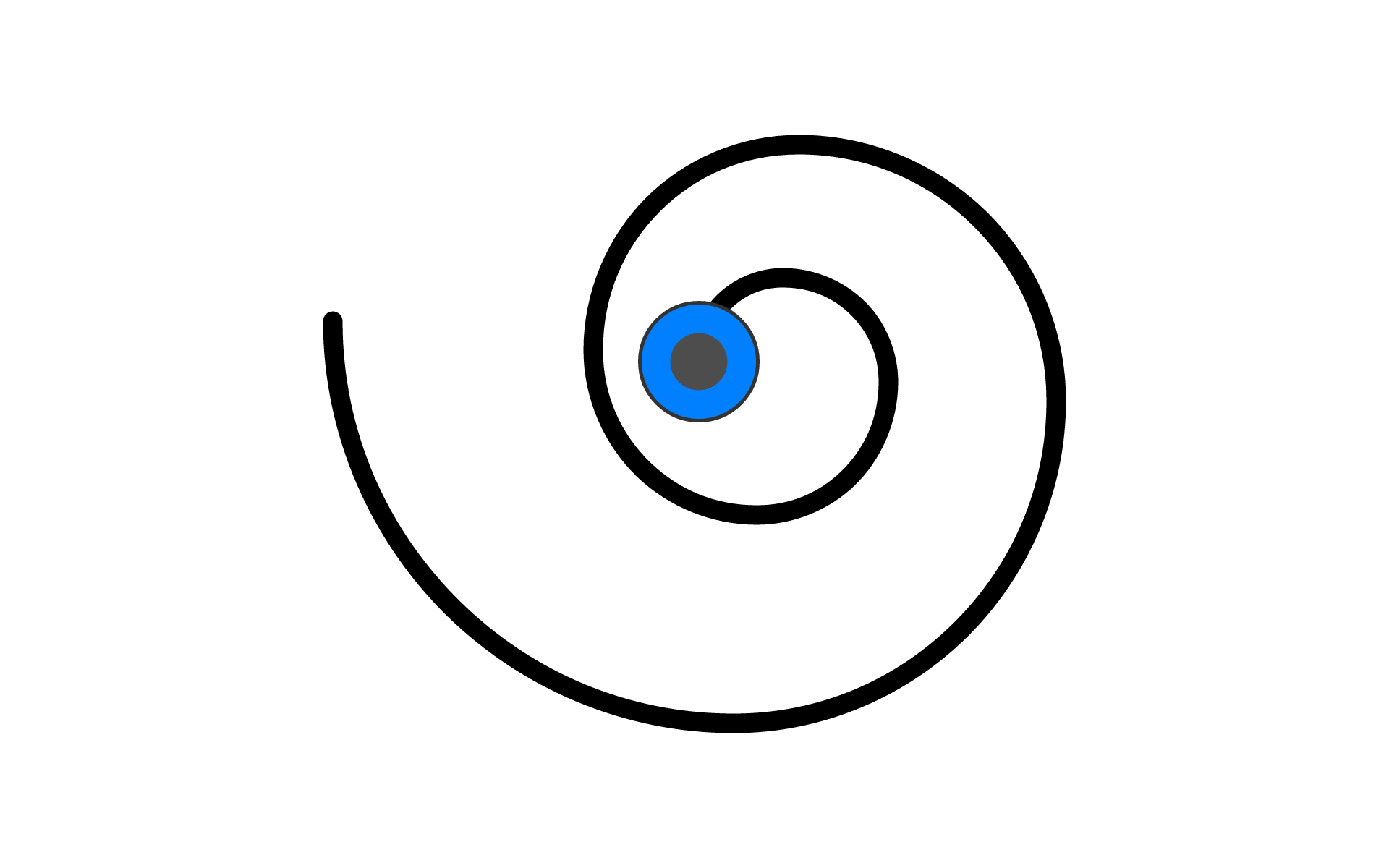
Balancing without goal spiral | M_pos_2
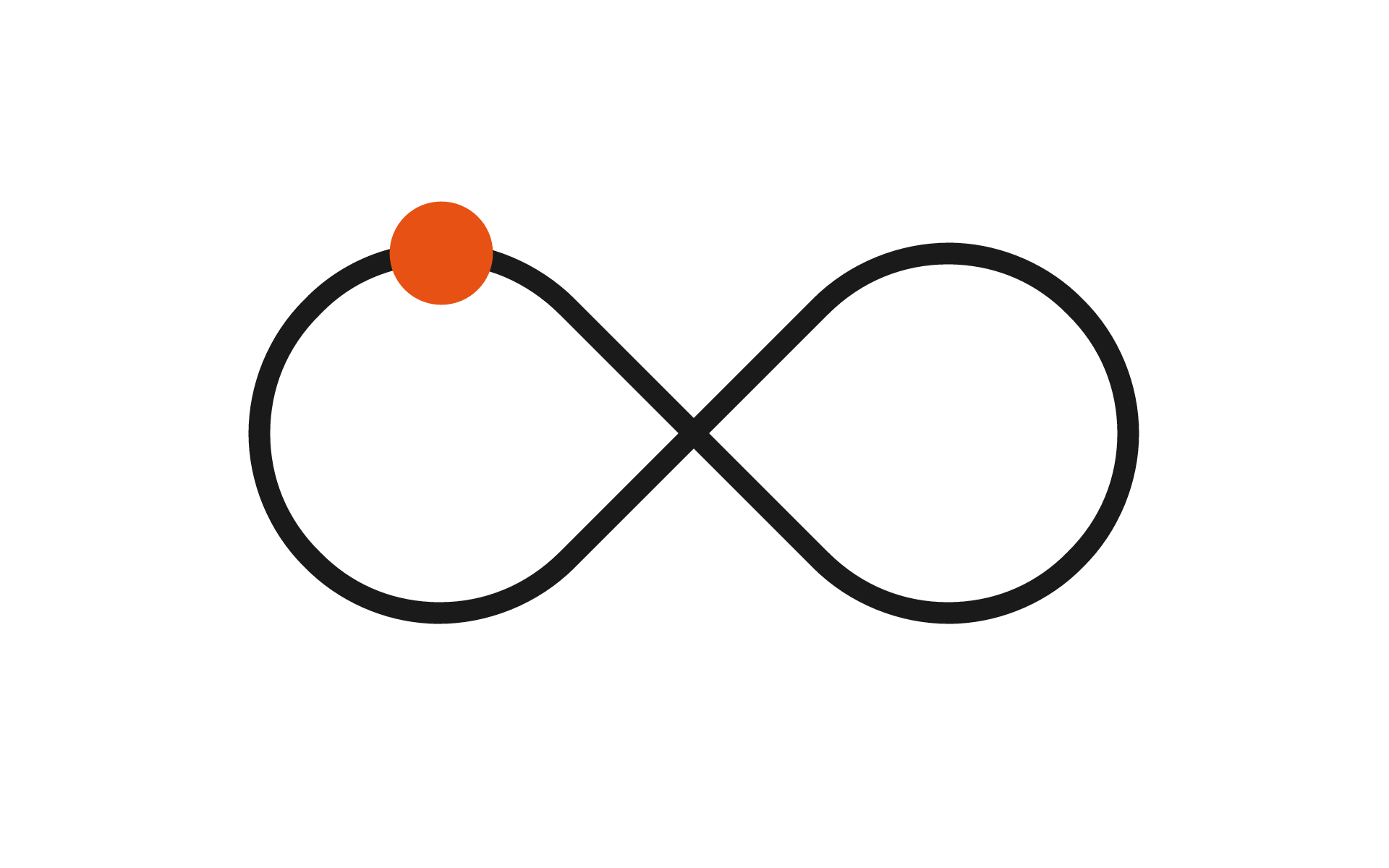
Balancing without goal loop | L_pos_7
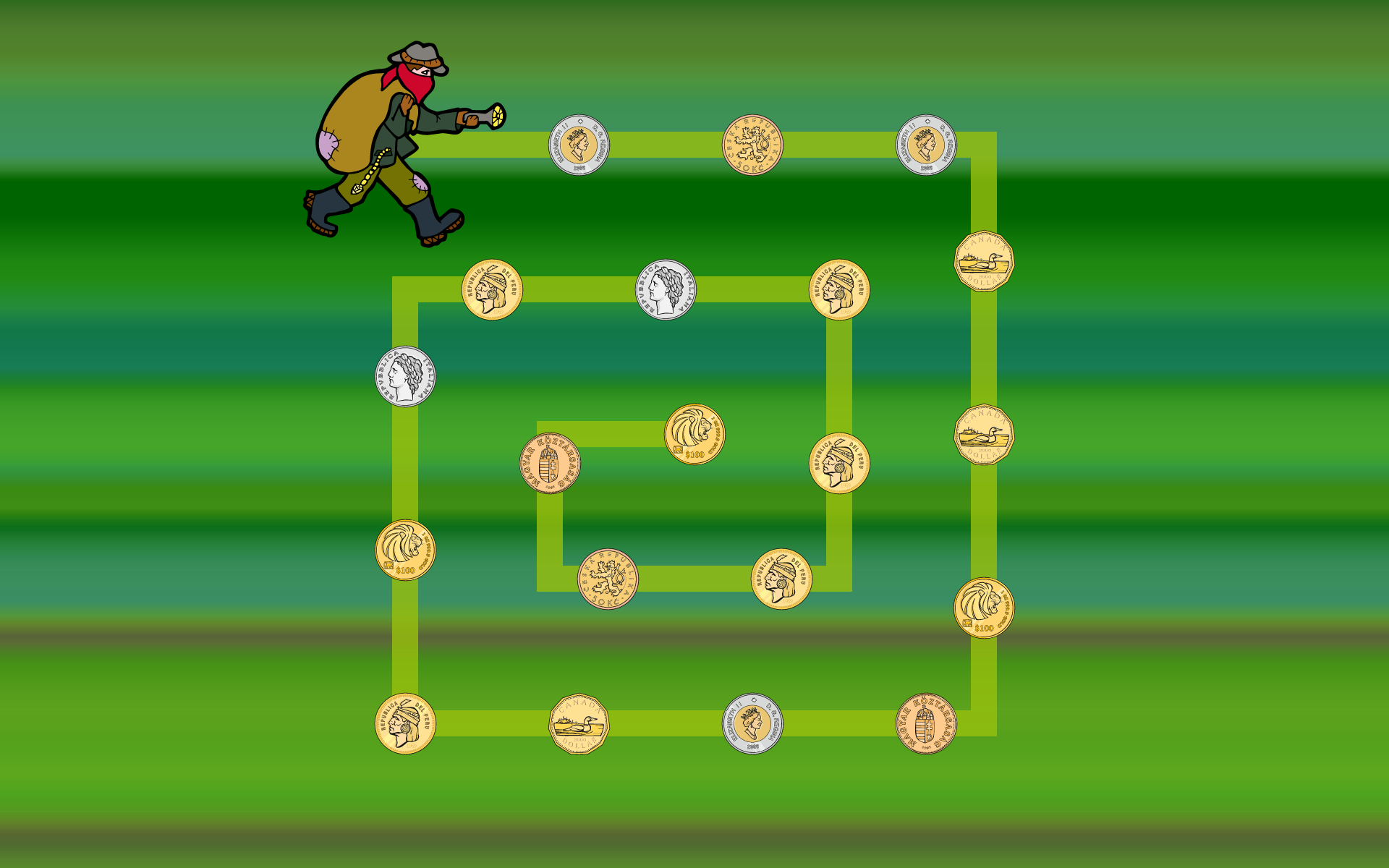
Collecting goals, Line corner | M_col_1
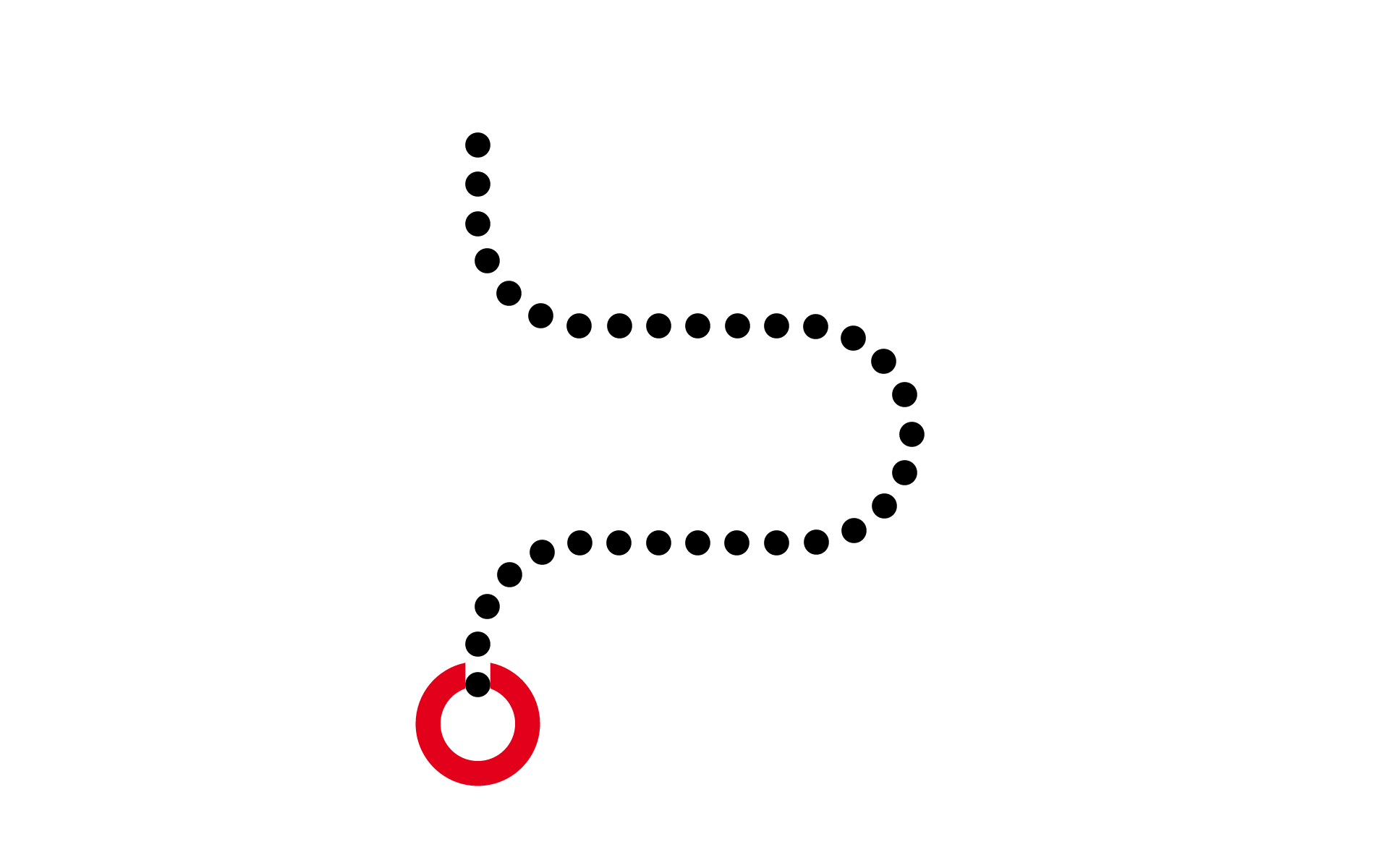
Collecting goals, Line curve | M_pos_2
Overview of all exercises sorted by exercise type on www.dob.li
7.5. trace  – Follow an object
– Follow an object
7.5.1. Task
Move an object with the mouse, the arrow keys or your finger (touchscreen), to follow another object.
7.5.2. Course of Exercise
- An object and a target object on a track will be shown.
- The object that is to be moved, flashes.
- As soon as the object is moved, target object will also move. The track will disappear.
- Move the object witht he mouse, the arrow keys or your finger (touchscreen) and follow the target object as closely as possible. • The object is not tied to the line. In contrast to the exercises in track, it can be moved freely on the screen. • At the end of each task you will receive a feedback. It will show you the precision of your track (a. follow an object) or the number of object catches (b. catch an object) (optional).
Within exercises type of appearance and animation of target object, background color and pattern can be changed using keyboard shortcuts.
Shortcut keys all modules
individualization module trace
Create individual exercises
Editor all modules
Editor module trace
7.5.3. Exercises
| Type of exercise | Supplement |
| Follow an object | straight lines corner curve spiral stair geometric shape free shape loop random |
| Catch an object | straight lines corner curve spiral stair geometric shape free shape loop random |
Example:
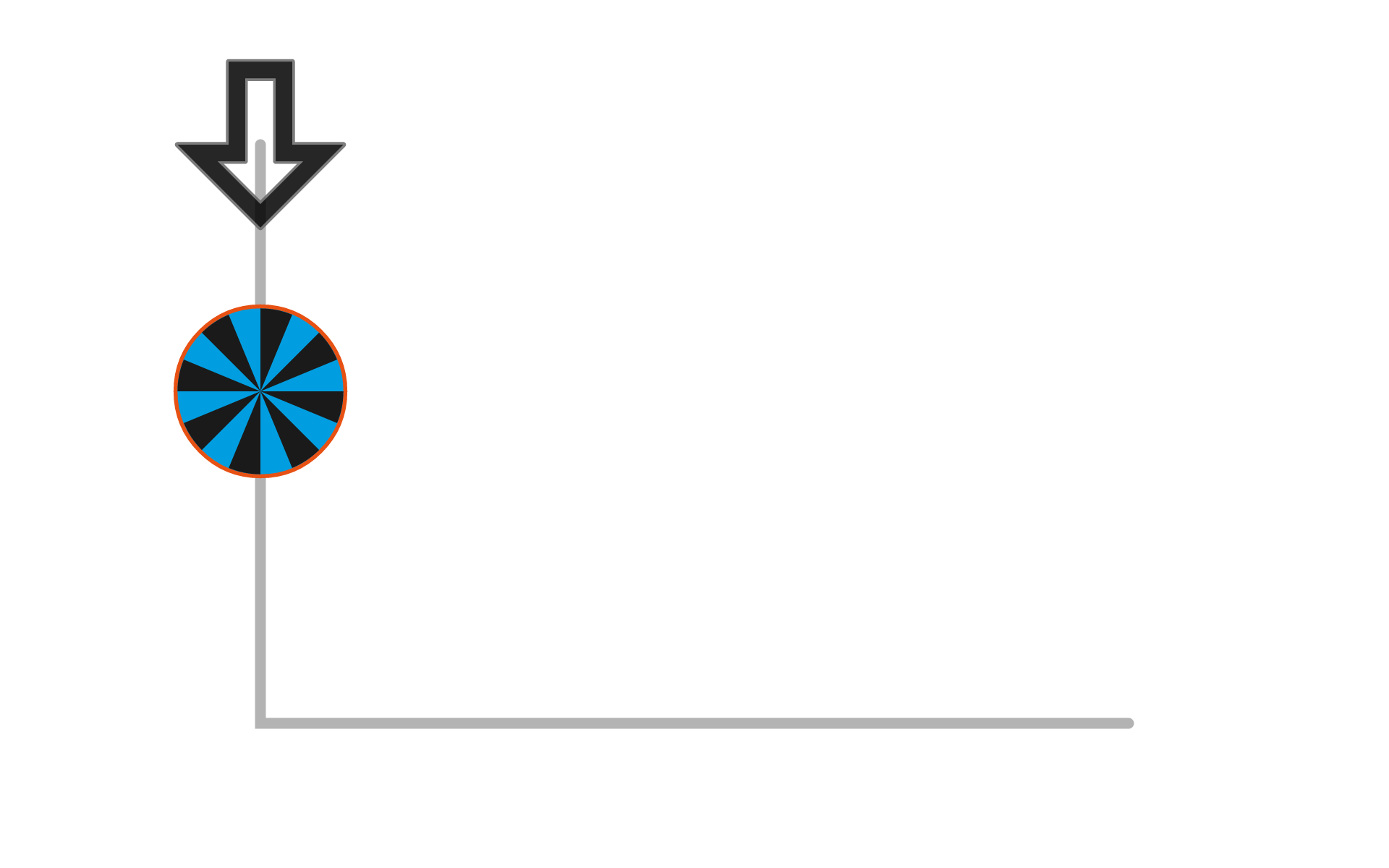
Follow an object corner | XL_pos_1
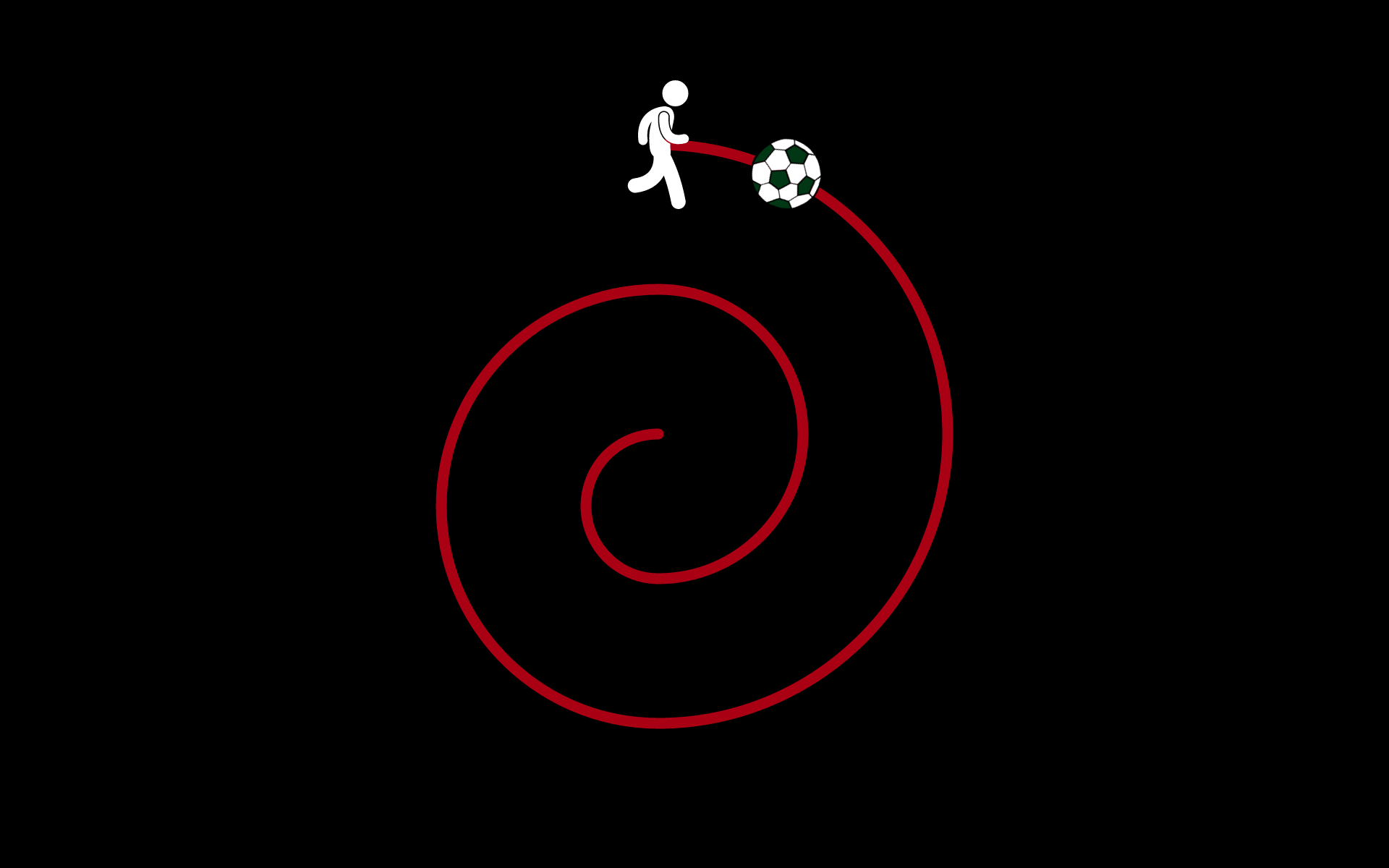
Follow an object spiral | L_neg_2
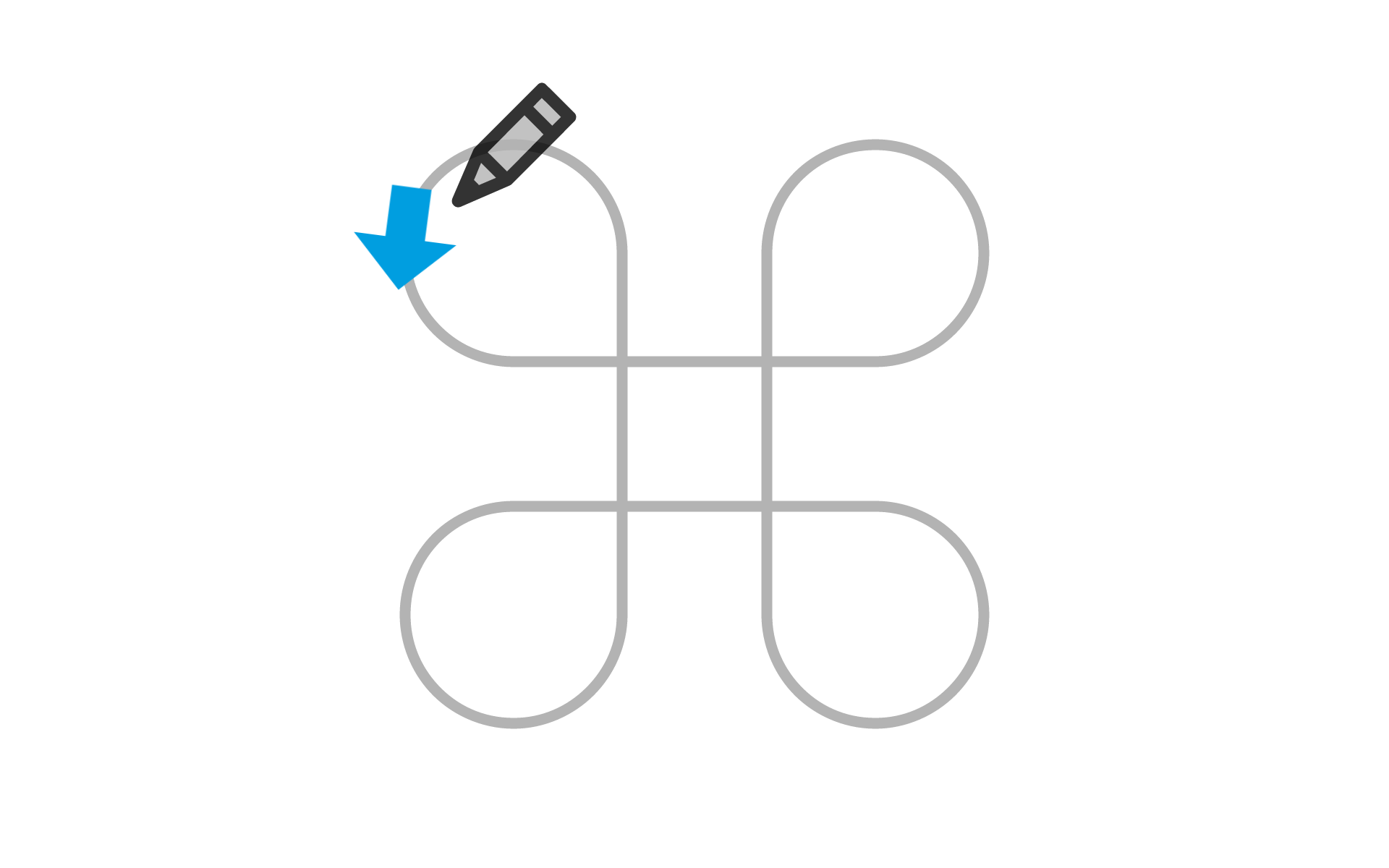
Follow an object loop | L_pos_10
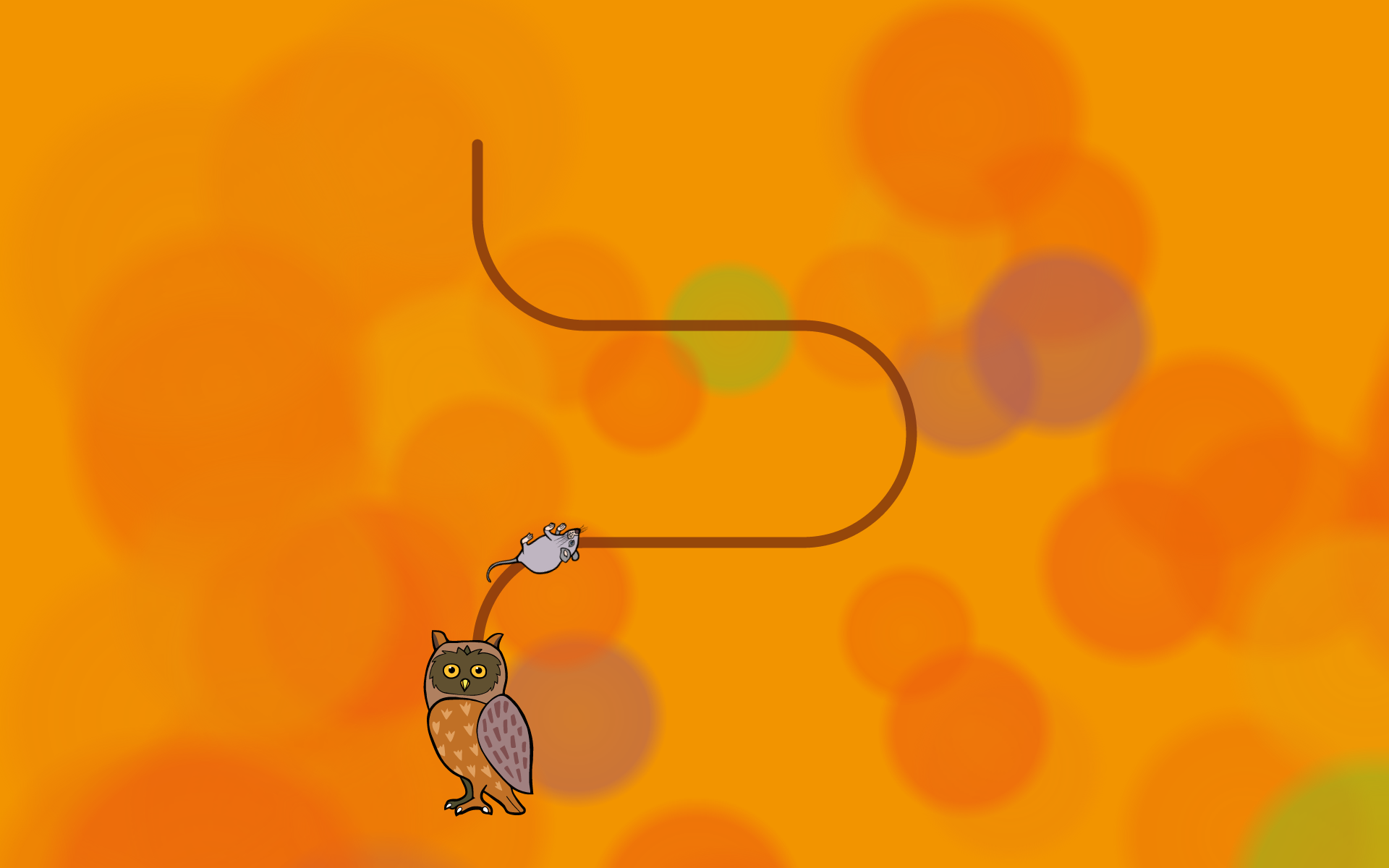
Catch an object curve | M_col_1
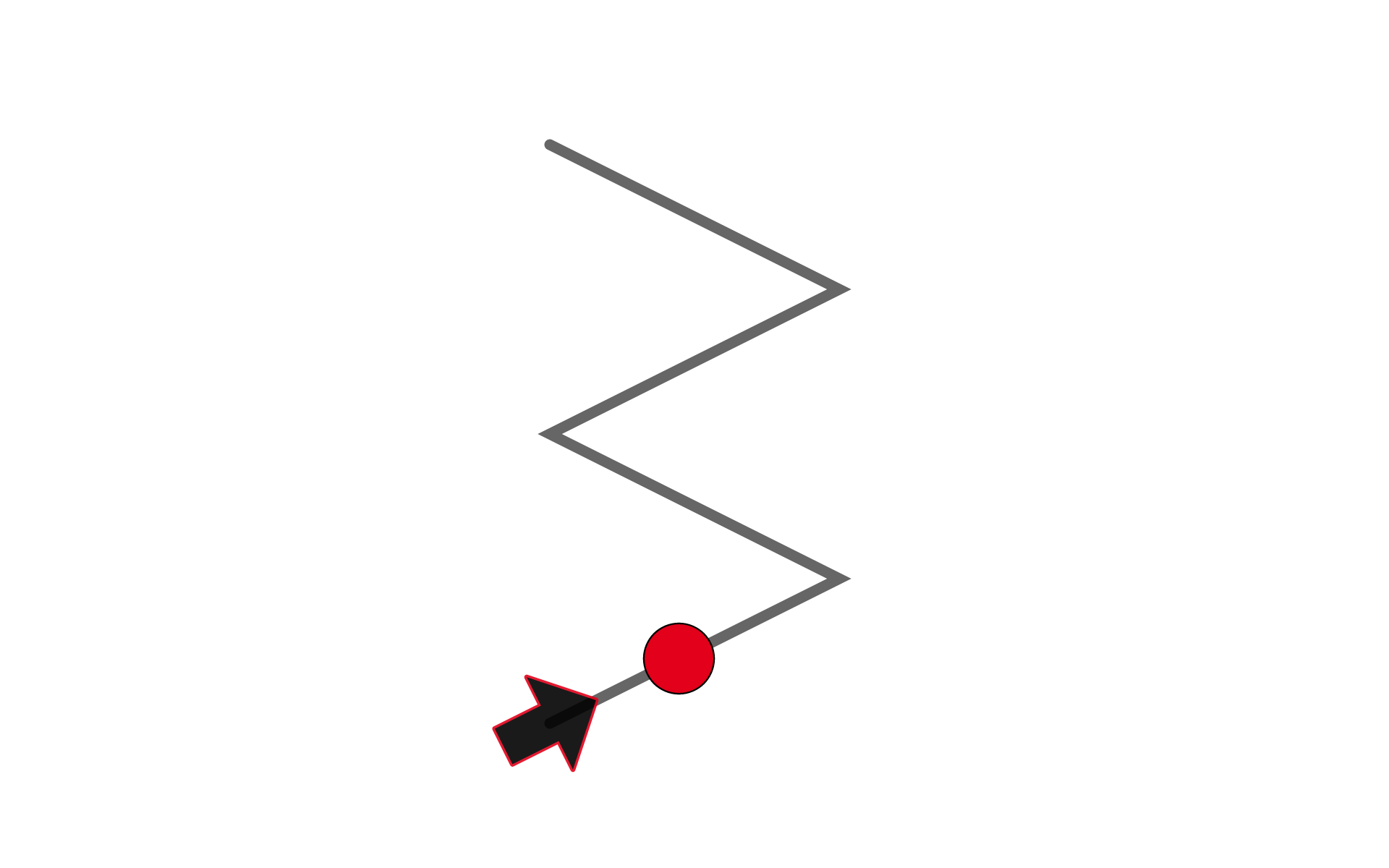
Catch an object stair | M_pos_2
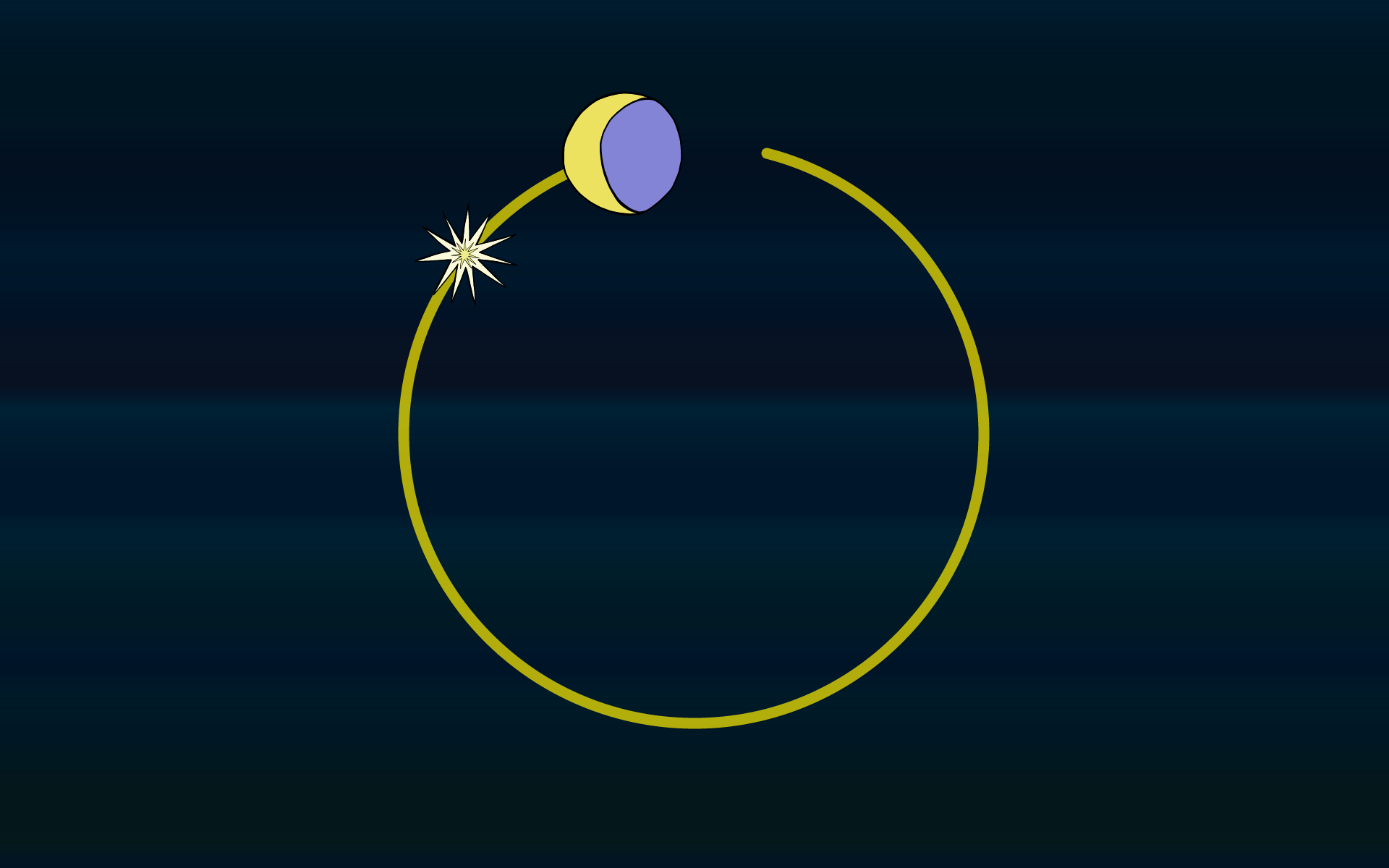
Catch an object geometric shape | L_col_04
Overview of all exercises sorted by exercise type on www.dob.li
7.6. stimula  – Stimulation
– Stimulation
7.6.1. Task
Look at patterns differentiating in color, shape, size or location. Press the E-key or run over the objects with the mouse or finger (touchscreen) for a surprise.
7.6.2. Course of Exercise
- A pattern will be shown that is changing color, shape, size or position.
- Press E or touch the highlighted objects to trigger an additional effect.
- Some exercises respond to mouse movements. Touchscreen: Slide your finger on the screen.
Within exercises contrast, movement speed and direction, background color and pat- tern can be changed using keyboard shortcuts.
Shortcut keys all modules
individualization module stimula
Create individual exercises
Editor all modules
Editor module stimula
7.6.3. Exercises
| Type of exercise | Supplement |
| Spot | |
| Line | |
| Area | |
| Interactive | |
| OKN | optokinetic nystagmus |
Example:
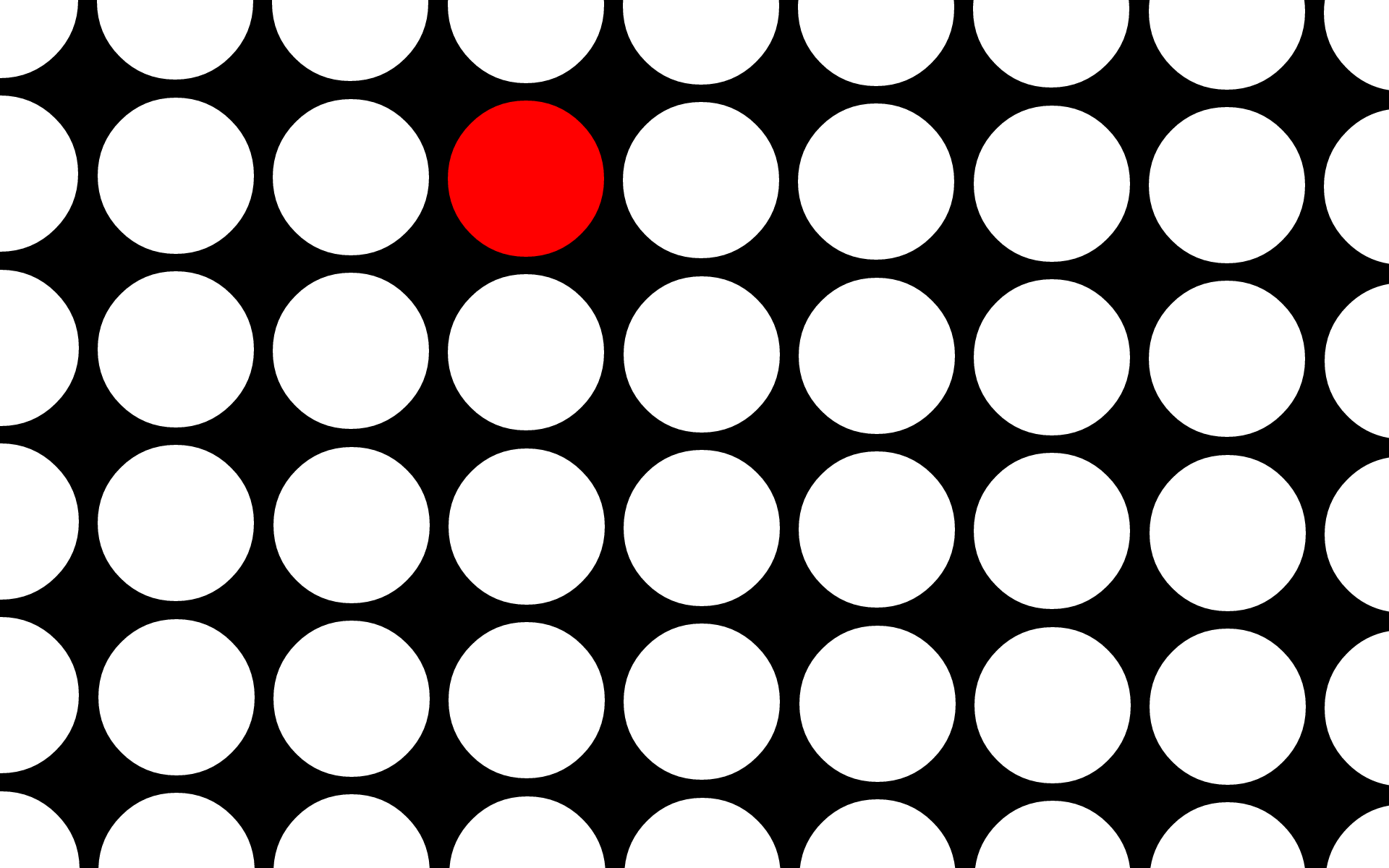
Stimulation Spot 1000
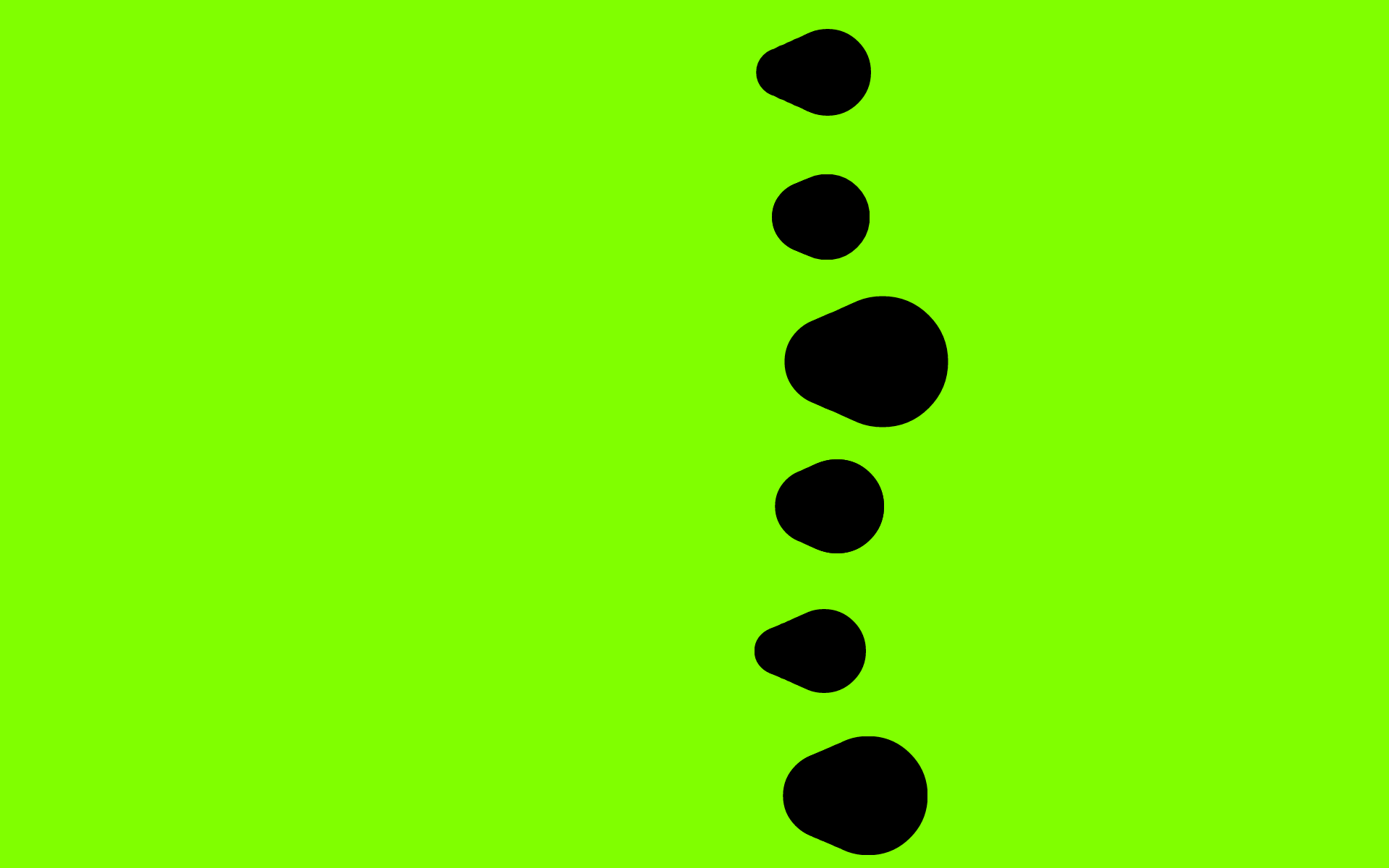
Stimulation Spot 1003

Stimulation Spot 1005
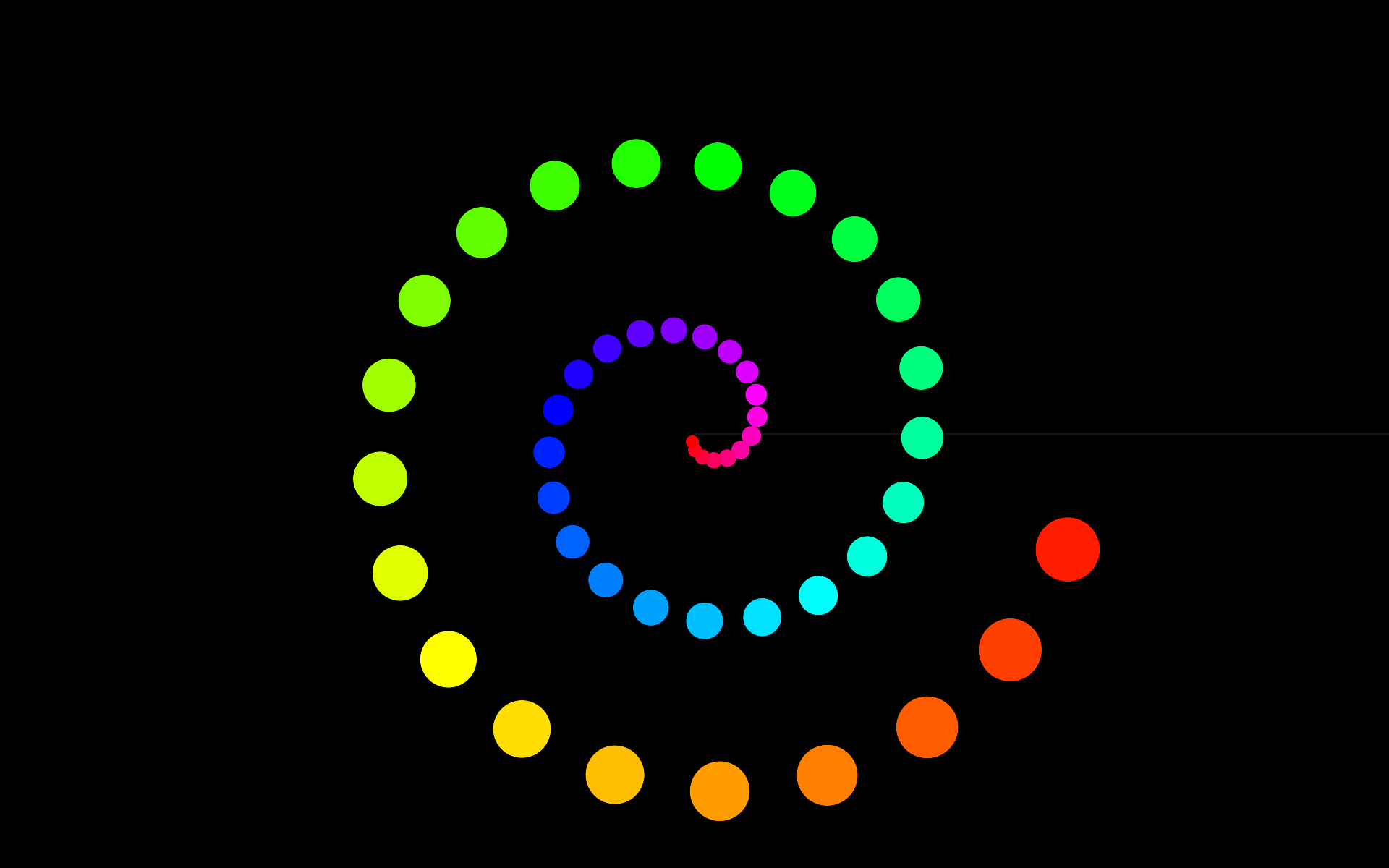
Stimulation Spot 3000
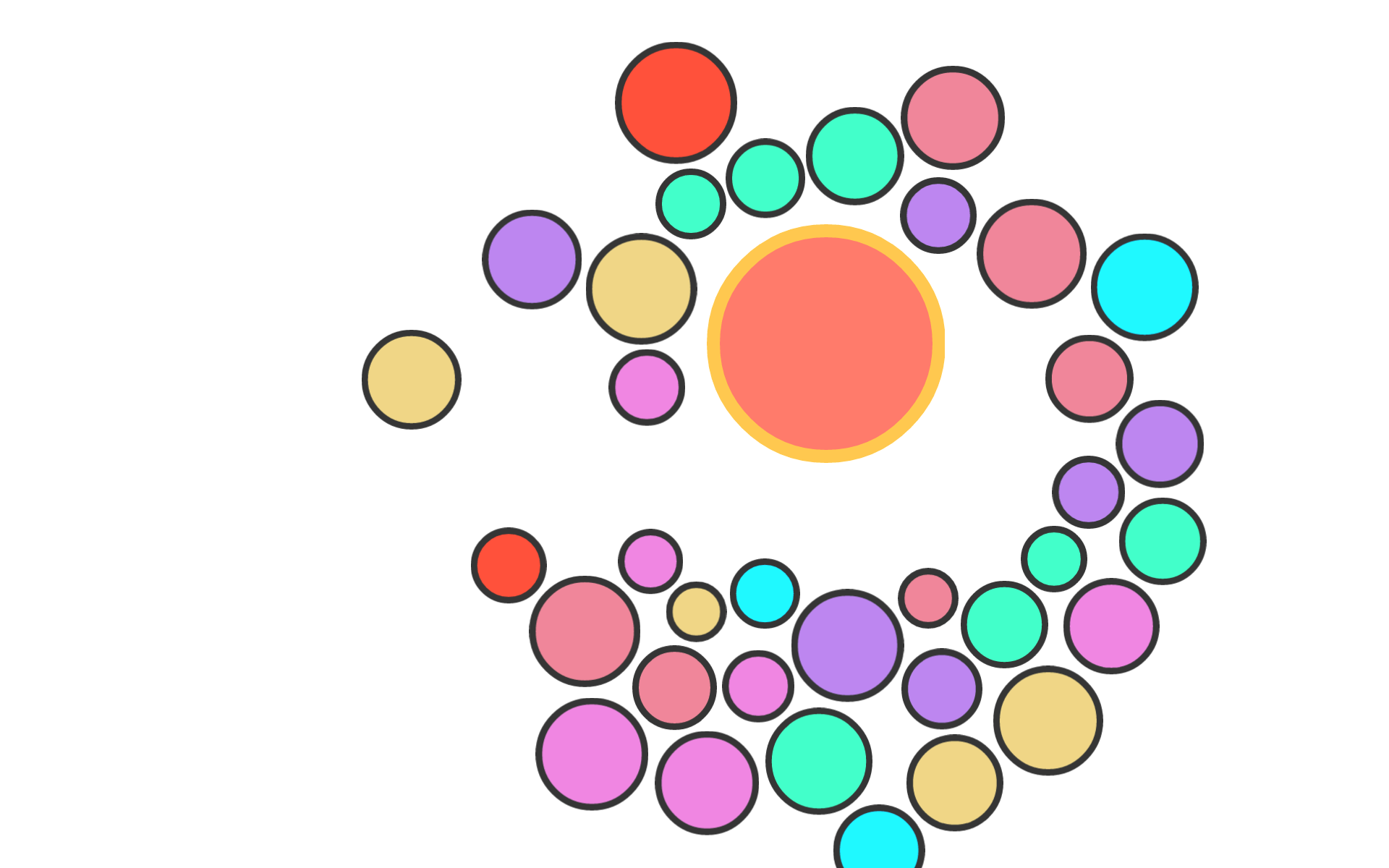
Stimulation Interactive 8010
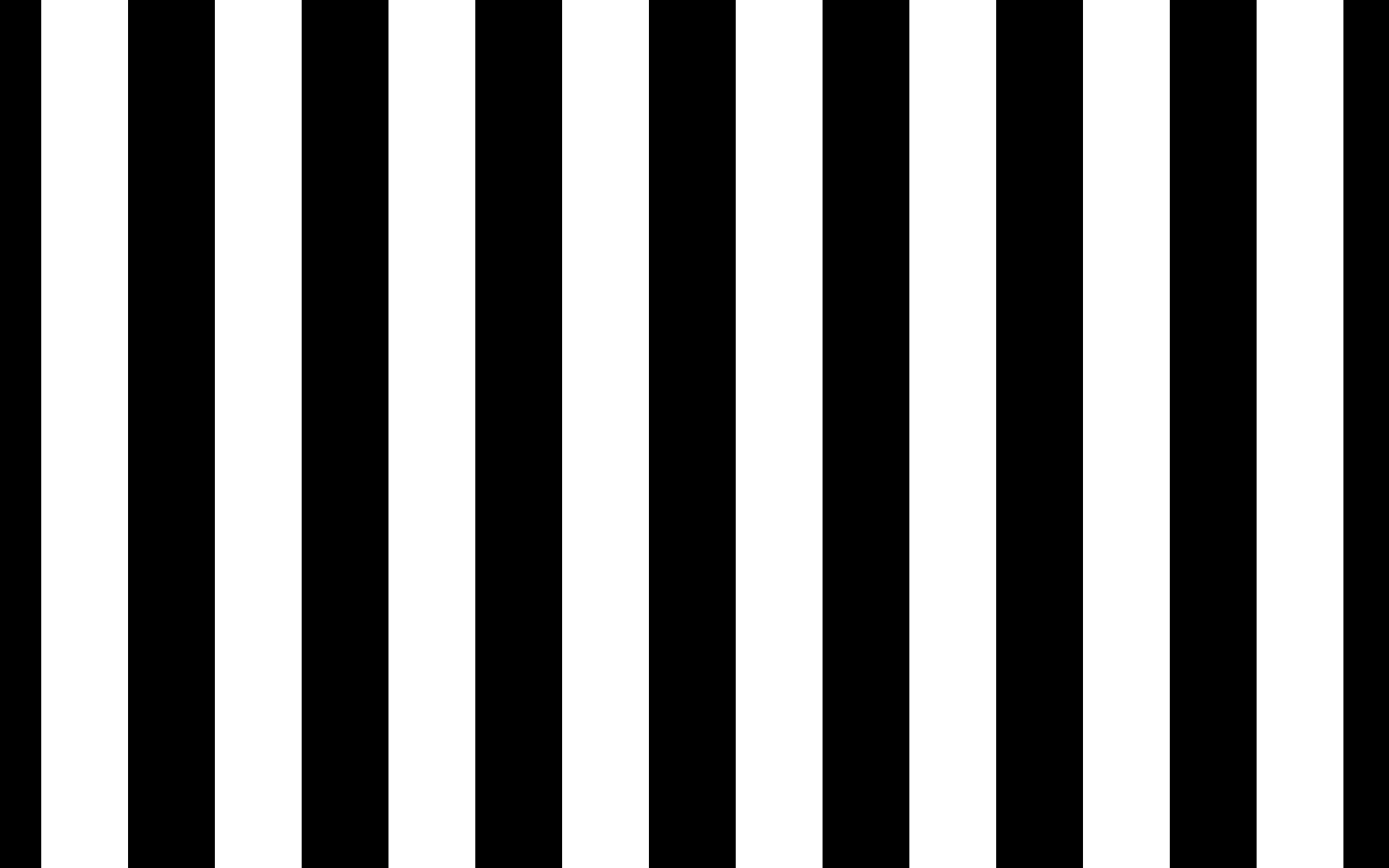
Stimulation OKN | L_pos_2
Overview of all exercises sorted by exercise type on www.dob.li
8. Program Control Using Keys and Touch Screen
Key commands or gestures on a touchscreen enable students to adapt the visual environment while using the program and therefore matching their individual needs.
Performing gestures: Place your finger on the touchscreen and perform the gesture starting from the red dot. Do not move your finger too jaggedly, articulate the corners well.
Keyboard shortcuts and touchscreen gestures (pdf):
8.1. Program Control
| Keys | Gestures | Description | Effect | ||
| Menu | Show / Hide main menu | ||||
| Information | Show list of shortcut keys and gestures | ||||
8.2. Within an Exercise
| Keys | Gestures | Description | Effect | ||
| SPACE | Start Task / Confirm task | ||||
| ENTER | Start / Quit exercise | ||||
| Preferences | Preferences of the current exercise | ||||
| Change between the two background colors | |||||
| 1 | 1st background color and pattern | ||||
| 2 | 2nd background color and pattern | ||||
| 3 | Change background pattern < | ||||
| 4 | Change background pattern > | ||||
| 5 | Reduce size of background pattern | ||||
| 6 | Increase size of background pattern | ||||
| 7 | Reduce distance of background pattern | ||||
| 8 | Increase distance of background pattern | ||||
| 0 | No background pattern | ||||
| Normal | Restore the initial settings of the task | ||||
| Normal | Restore the initial settings of the exercise | ||||
| Move background left | |||||
| Move background right | |||||
| Move background up | |||||
| Move background down | |||||
| Slow dow background movement | |||||
| Accelerat background movement | |||||
8.3. Individualization spot  : fixed object
: fixed object
| Keys | Gestures | Description | Effect | ||
| DOWN | Reduce the object | ||||
| UP | Enlarge the object | ||||
| LEFT | Reduce the objectʼs opacity | ||||
| RIGHT | Increase the objectʼs opacity | ||||
| Animation | Start / Stop the animation Flicker (opacity) Stop Up / Down Stop |
||||
| Hint | Show the requested object Only tasks with preview |
||||
8.4. Individualization spot  : object in motion
: object in motion
| Keys | Gestures | Description | Effect | ||
| DOWN | Slow down the movement | ||||
| UP | Accelerate the movement | ||||
| DOWN | Reduce the object | ||||
| UP | Enlarge the object | ||||
| LEFT | Reduce the objectʼs opacity | ||||
| RIGHT | Increase the objectʼs opacity | ||||
| Animation | Start / Stop the animation Flicker (opacity) Stop up / down Stop |
||||
| Start / Stop | Start / Stop movement | ||||
| Direction | Reverse direction of movement> | ||||
| Typ | Change type of movement stop + go yoyo hard yoyo soft continuous |
||||
| Hint | Show the requested object Only tasks with preview |
||||
8.5. Individualization spotPlus 
| Keys | Gestures | Description | Effect | ||
| DOWN | Reduce requested objects | ||||
| UP | Enlarge requested objects | ||||
| LEFT | Reduce requested objectsʼ opacity | ||||
| RIGHT | Increase requested objectsʼ opacity | ||||
| Animation | Start / Stop the requested objectsʼ animation Flicker (opacity) Stop up / down Stop |
||||
| DOWN | Reduce all objects | ||||
| UP | Enlarge all objects | ||||
| LEFT | Reduce opacity of all objects | ||||
| RIGHT | Increase opacity of all objects | ||||
| Animation | Start / Stop the animation of all objects Flicker (opacity) Stop up / down Stop |
||||
| Hint | Show the requested object Only tasks with preview |
||||
8.6. Individualization zoom 
| Keys | Gestures | Description | Effect | ||
| DOWN | Zoom slow | ||||
| UP | Zoom fast | ||||
| DOWN | Reduce the object at the end of zooming |
||||
| UP | Enlarge the object at the end of zooming |
||||
| LEFT | Reduce the objectʼs opacity | ||||
| RIGHT | Increase the objectʼs opacity | ||||
| Animation | Start / Stop the animation Flicker (opacity) Stop up / down Stop |
||||
| Start / Stop | Start / Stop movement | ||||
| Hint | Show the requested object Only tasks with preview |
||||
8.7. Individualization track 
| Keys | Gestures | Description | Effect | ||
| DOWN | Move down object | ||||
| UP | Move up object | ||||
| LEFT | Move object left | ||||
| RIGHT | Move object right | ||||
| Animation | tart / Stop the animation of the target object | ||||
| Typ | Change type of line dotted dashed 1 dashed 2 dashed 3 dashed 4 dashed 5 solid |
||||
| DOWN | Reduce line width | ||||
| UP | Increase line width | ||||
| LEFT | Reduce trackʼs opacity | ||||
| RIGHT | Increase trackʼs opacity | ||||
8.8. Individualization trace 
| Keys | Gestures | Description | Effect | ||
| DOWN | Move down object | ||||
| UP | Move up objectn | ||||
| LEFT | Move object left | ||||
| RIGHT | Move object right | ||||
| Animation | Start / Stop the animation of the target object | ||||
8.9. Individualization stimula 
| Keys | Gestures | Description | Effect | ||
| DOWN | Slow down movement | ||||
| UP | Accelerate movement | ||||
| LEFT | Reduce objectsʼ opacity | ||||
| RIGHT | Increase objectsʼ opacity | ||||
| Effekt | Special effect | ||||
| Start / Stop | Start / Stop movement | ||||
| Direction | Reverse direction of movement | ||||
| DOWN | stimula 8000: Reduce the object stimula 8000 only |
||||
| UP | stimula 8000: Enlarge the object stimula 8000 only |
||||
| LEFT | OKN: Less stripes (narrow stripes) OKN only |
||||
| RIGHT | OKN: More stripes (wide stripes) OKN only |
||||
9. Overview of all modules and skills
9.1. Module
| Modul | Aim | |
| spot | Recognize an object 1 | |
| spotPlus | Recognize an object and distinguish it from others | |
| zoom | Recognize an object 2 | |
| track | Follow a track | |
| trace | Follow an object | |
| stimula | Stimulation | |
9.2. Exercise Categories and Primary Skill
| Category | Supplement | Primary Skills |
| Stimulation | Spot Line Area Interactive OKN |
Attention | Shifting Attention Attention | Shifting Attention Attention | Sustaining Attention Coordination | Hand and Eye Coordination Motility | Optokinetic Nystagmus |
| Fixation | random peripheral right-left peripheral up-down |
Motility | Fixation |
| Eccentric Fixation | right left up down random circle |
Attention | Visual Field |
| Visual Field | right left up down up right up left down right down left random |
Attention | Visual Field |
| Gaze Switching | horizontal vertical diagonal |
Motility | Saccadic jumps |
| Smooth Pursuit | horizontal vertical diagonal circle square triangle |
Motility | Smooth Pursuit |
| Stay in lane with goal | straight lines corner curve spiral stair geometric shape free shape |
Coordination | Hand and Eye Coordination |
| Stay in lane without goal | straight lines corner curve spiral stair geometric shape free shape loop |
Coordination | Hand and Eye Coordination |
| Balancing with goal | straight lines corner curve spiral stair geometric shape free shape |
Coordination | Hand and Eye Coordination |
| Balancing without goal | straight lines corner curve spiral stair geometric shape free shape loop |
Coordination | Hand and Eye Coordination |
| Collecting goals, Track | straight lines corner curve spiral stair geometric shape free shape |
Coordination | Hand and Eye Coordination |
| Collecting goals, Line | straight lines corner curve spiral stair geometric shape free shape |
Coordination | Hand and Eye Coordination |
| Object Pursuit | Coordination | Hand and Eye Coordination | |
| Movement | zentral | Motion Perception | zentral |
| Contrast | Contrast Perception | Contrast | |
| Frequency | Recognition Differentiation Comparison |
Contrast Perception | Frequency |
| Face | Recognition Interpretation |
Face Perception | Recognition Face Perception | Interpretation |
| Color | Recognition Differentiation Matching |
Color Recognition | Color Color Recognition | Color Color Recognition | Color Association |
| Crowding | Area Framework Outline Optotypes |
Separation Ability | Crowding |
| Separation | Area Framework Outline |
Separation Ability | Figure-Ground Perception |
| Figure-Ground | Separation Ability | Figure-Ground Perception | |
| Optotypes | Lea-Symbols Landolt Rings Tumbling E |
Shape Recognition | Figure |
| Shape | Scanning Recognition Differentiation Discovering Completion |
Motility | Visual Scanning Shape Recognition | Figure |
| Clock | Shape Recognition | Figure | |
| Character | Letters Numbers |
Shape Recognition | Figure |
| Spatial Relations | Shape Recognition | Spatial Relations | |
| Alien | Shape Recognition | Figure | |
| Bilder | Reproduction Completion |
Shape Recognition | Figure |
| Pattern | Recognition Reproduction Completion |
Visual Memory | Pattern |
| Arrangement | Size Color Family |
Visual Memory | Sequences |
| search and find | Shape Color Size Shape and Color Shape and Size Color and Size |
Strategies | Search Strategies |
| Where is …? | Strategies | Search Strategies | |
| Paint |
9.3. Skills and Assignment of Modules
| Skill | Subskill | Assignment of Modules | |
| Visual Attention | Sustaining Attention | spot, zoom, track, trace, stimula | |
| Shifting Attention | spot, track, trace, stimula | ||
| Visual Field | spot, spotPlus, track, trace | ||
| Dividing Attention | track, trace | ||
| Motility | Fixation | alle | |
| Visual Scanning | spot, zoom, track, stimula | ||
| Visual Comparison | spotPlus, track | ||
| Saccadic jumps | spot, track, trace | ||
| Smooth Pursuit | spot, track, trace | ||
| Optokinetic Nystagmus | stimula | ||
| Coordination | Hand and Eye Coordination | track, trace | |
| Motion Perception | Central Motion | spot, zoom, track, trace, stimula | |
| Radial Motion | spot, zoom, track, trace, stimula | ||
| Contrast Perception | Contrast | spot, spotPlus, zoom | |
| Spatial Frequency | spot, spotPlus, zoom | ||
| Face Perception | Recognition | spot, spotPlus | |
| Interpretation | spot, spotPlus | ||
| Completion | spot, spotPlus | ||
| Color Recognition | Color | spot, spotPlus | |
| Grey Black White | spot, spotPlus | ||
| Color Association | spot, spotPlus | ||
| Separation Ability | Figure-Ground Perception | spot, spotPlus | |
| Crowding | spotPlus | ||
| Shape Recognition | Figure | spot, spotPlus, zoom | |
| Size | spotPlus, zoom | ||
| Spatial Relations | spot, spotPlus | ||
| Visual Memory | Short-term Memory | spotPlus | |
| Pattern | spotPlus | ||
| Sequences | spotPlus | ||
| Strategies | Search Strategies | spotPlus | |
10. Evaluation exercise
While you are working,
A simple click on the button in the main menu will open evaluation settings.
Note
Exercises are not evaluated in module stimula.
10.1. Evaluation settings
Exercise data are stored. Data are not stored. Access to the stored evaluations |
Note
10.2. General options
| Notes, objects and values | Activities on the screen |
| Navigate through evaluations | |
| Delete evaluation | |
| Module | |
| Exercise name | |
| Thumbnail | |
| Back to the main menu |
Personal notes Date and time Total Duration:: Time per complete exercise Sum Tasks: Duration minus the time for confirmations and rewards = pure exercise time Task list Average time per task |
10.3. Evaluation examples
Depending on module or exercise category, evaluation shows different values and presents the activities on a single or on several screens.
10.3.1. Evaluation 1:
Modul spot – Gaze Switching horizontal
Task / Opacity / Time between beginning task and click / Thumbnail object
Click outside any object error time
Task 2:
2 Clicks on the left side underneath the object
Task 12:
2 Clicks on the left side above the object
Observations and interpretations
• Needs much more time for objects at the right edge of the screen.
• At the right side many clicks outside the objects.
• Restrictions of the visual field?
The activities on the screen are displayed on one screen for following exercise categories:
– Fixation spot
– Gaze Switching spot
– Visual Field spot, spotPlus
10.3.2. Evaluation 2:
Modul spotPlus – Search and find shape
Task / Time until click on the correct object / Object
Wrong Time until click on the wrong object / Object
Task 3, 5, 8:
Click on the wrong object
Outside Time until click outside the object / Object
Task 7:
Klickt 2x clicks beside object
Skipped task (SPACE)
Task 9 and 10:
breaking off
Observations and interpretations
• Confuses shapes (filled square with frame)
• Nos ystematic search
• Overwhelmed with increasing number of objects
• Practice search strategies
Activities are displayed on 6 screens.
Exercises with more than 6 tasks share clicks of several tasks (e.g. task 1 and 2) on one screen.
10.3.3. Evaluation 3:
Modul zoom – Contrast
Task / Opacity: Change from 0 to 100% / Opacity when clicking /
Time until click / Object
e.g. Task 3:
Object detected at 70% opacity after 7 seconds
Clicks outside object
Task 2 and 9:
One click outside object
Observations and interpretations
• Enjoys working with emoticons
• Can interpret facial expressions
• Faster detection of objects on the left side
• Restrictions of the visual field?
Activities are displayed on 6 screens.
Exercises with more than 6 tasks share clicks of several tasks (e.g. task 5 and 6) on one screen.
10.3.4. Evaluation 4:
Modul track – Collecting goals
Task / Time until reaching the target
Task 1:
No collision
Time until collision
Task 2:
Collided after 5.8 and 9.4 seconds on vertically mounted track.
Reached target at 15.3 seconds.
Observations and interpretations
• Knows the collected objects
• Increasing muscle spasms
• Difficulties with movements away from and towards the body
The 6 tasks can be displayed on six different screens.
11. Versions
| App version | Online version | |
| License | Perpetual license | Annual license |
| Device-bound | Device-independent | |
| Program control | By gestures Supports shortcut keys with external bluetooth keyboard |
With shortcut keys If a touchscreen is available: with shortcut keys and gestures |
| Individualization within the exercises | Limited possibilities Control by gestures |
Extended possibilities With shortcut keys (and gestures) |
Full version for therapists, coaches and teachers, containing more than 2500 exercises for the training and observation of 11 basic visual skills and tools to assist individual support planning.
Learn more about
12. Appendix
12.1. Keyboard shortcuts and touchscreen gestures
List of all keyboard commands and gestures for controlling the module:
12.2. Objects
List of all objects:
There are objects on the following topics:
Geometric surfaces
Geometric frames
Frequency circle
Frequency square
Frequency rectangular
Lea-Symbols
Landolt Rings
Tumbling E
Spatial Relations
Emoticon
Spooky Objects
Icon
Dice
Digits
Mathematical Symbols
Capital letters
Lower case
Clock
Traffic signs
Flags
Confetti
Treasure
Animals
Plants
Nature diverse
Vehicles
Building
Faces
Household
Food
Game
School
Tool
Musical instruments
Special
12.3. Tracks track, trace
Track list:
There are track types for the following topics:
straight lines: horizontal, vertical
straight lines: diagonal, slanted
corner: one
corners: several
curve: one
curves: several
spiral
stair
geometric shape
free shape
loop
13. Thanks
The developement of
| Blinden-Leuchtturm Zürich | |
| Ella Gattiker-Liechti-Stiftung | |
| Ernst Göhner Stiftung | |
| Hans Konrad Rahn Stiftung | |
| Rahn + Bodmer Co. | |
| Roches-Utiger Stiftung | |
| Schweizerischer Blinden- und Sehbehindertenverband SBV | |
| SZB, Schweizerischer Zentralverein für das Blindenwesen | |
| Staub Kaiser Stiftung | |
| Stiftung Berty Maikler | |
| Stiftung Denk an mich | |
| Stiftung für blinde und sehbehinderte Kinder und Jugendliche Zollikofen | |
| Stiftung für das behinderte Kind | |
| Stiftung Solidago | |
| visoparents schweiz |
14. Note
Photosensitive Warning
A very small percentage of individuals may experience epileptic seizures when exposed to certain light patterns or flashing lights. Exposure to certain patterns or backgrounds on a computer screen may induce an epileptic seizure in these individuals. Certain conditions may induce previously undetected epileptic symptoms even in persons who have no history of prior seizures or epilepsy.
15. Copyright
The content of this document is copyright reserved. Reproduction and distribution of information and data, in particular the use of texts (in full or in part) or pictures, requires the previous permission of the author.
16. Team
| Authors | Doris Schärz Beatrice Fehr-Biscioni René Fehr-Biscioni Harriet Bünzli-Seiler Jürg Gautschi |
| Design and programming |
René Fehr-Biscioni |
| Contents | Harriet Bünzli-Seiler |
| Suggestions | Ursula Hofer Lea Hyvärinen Rosmarie Nef |
© edufix GmbH